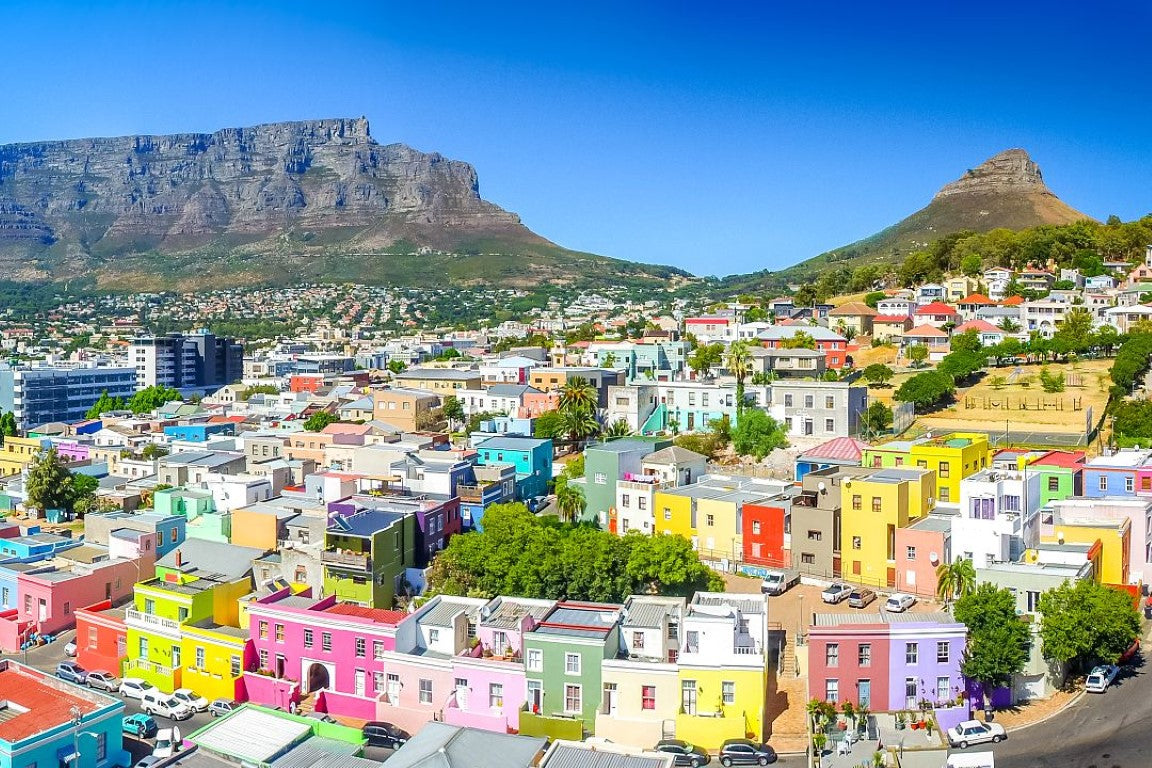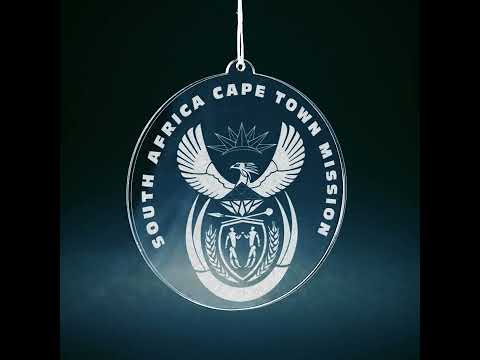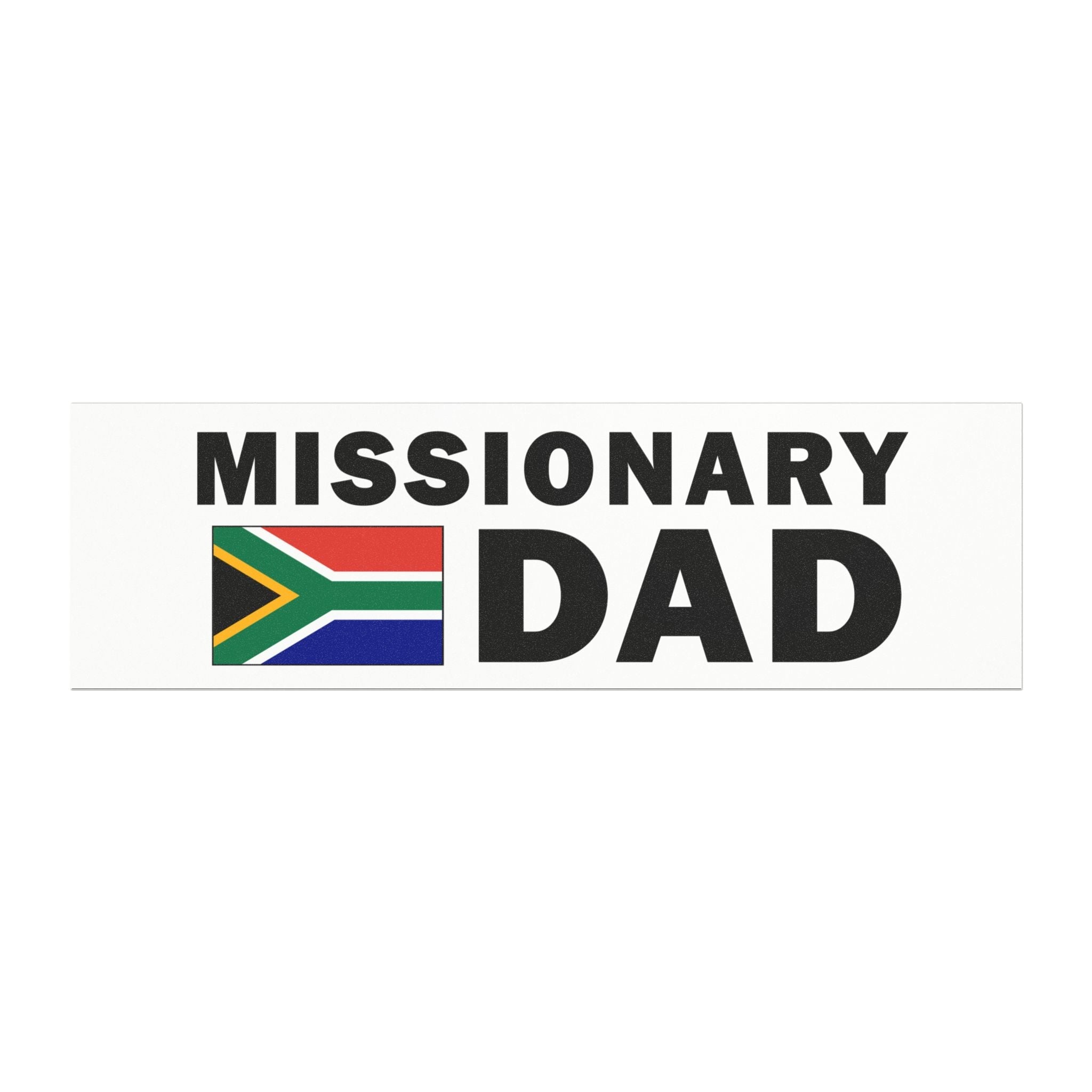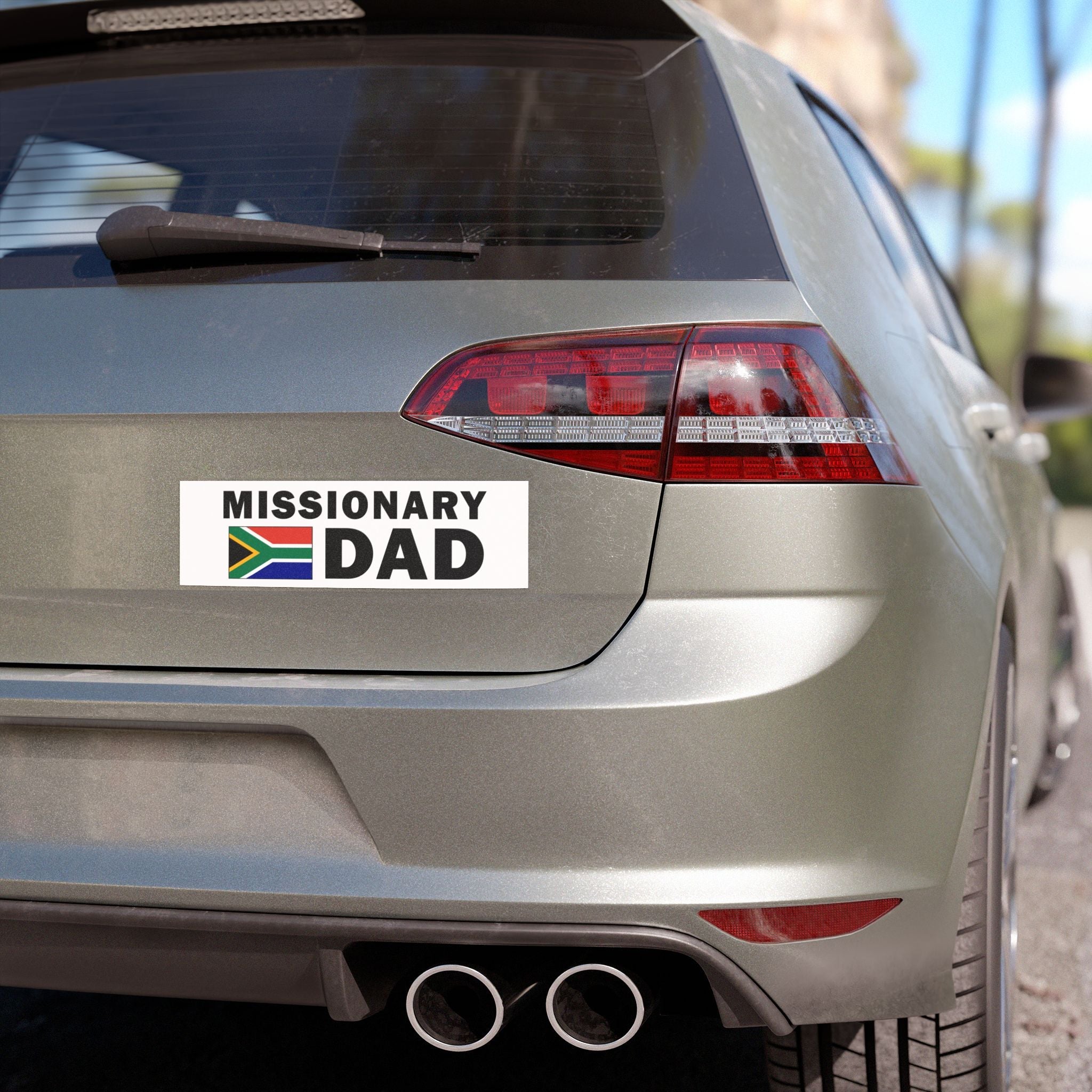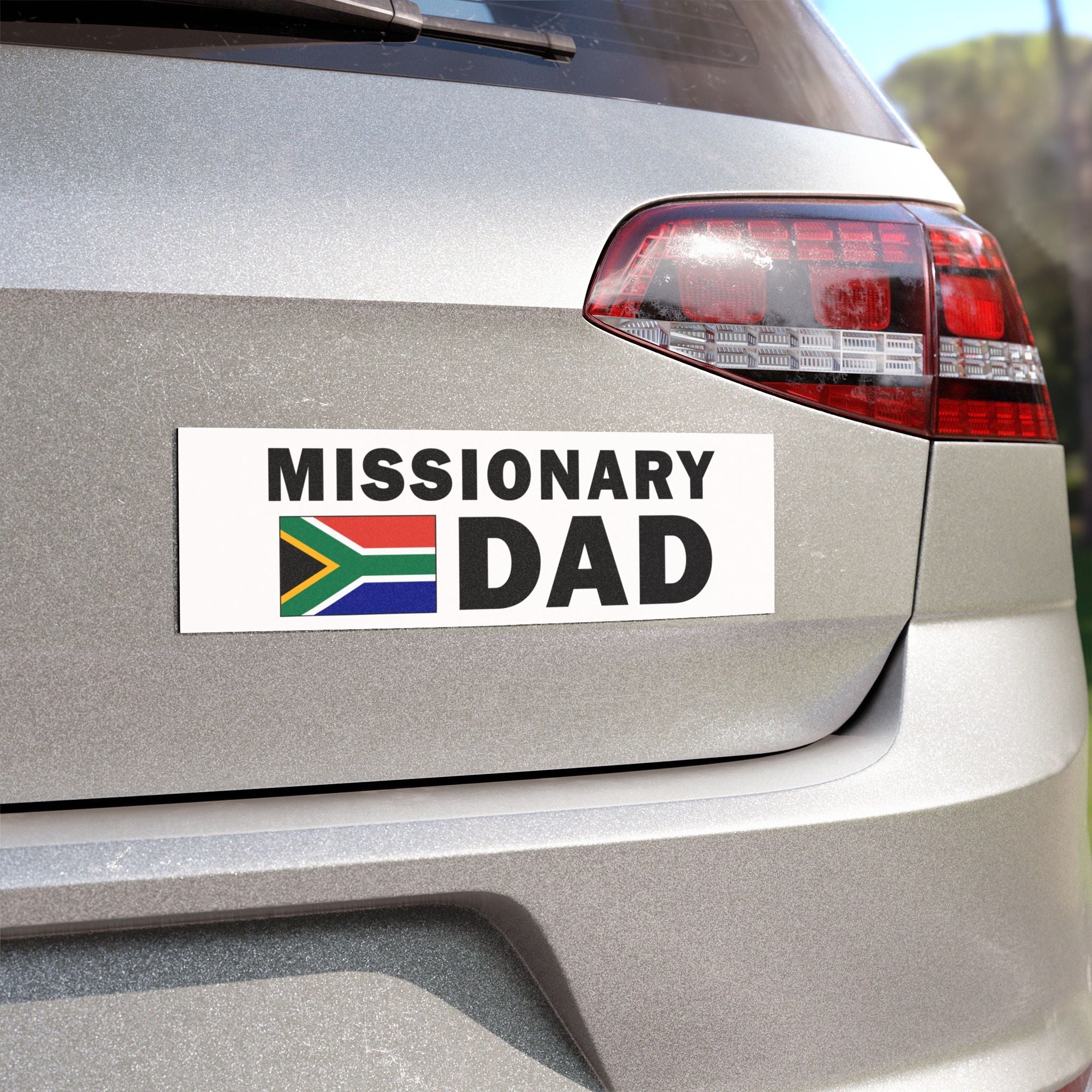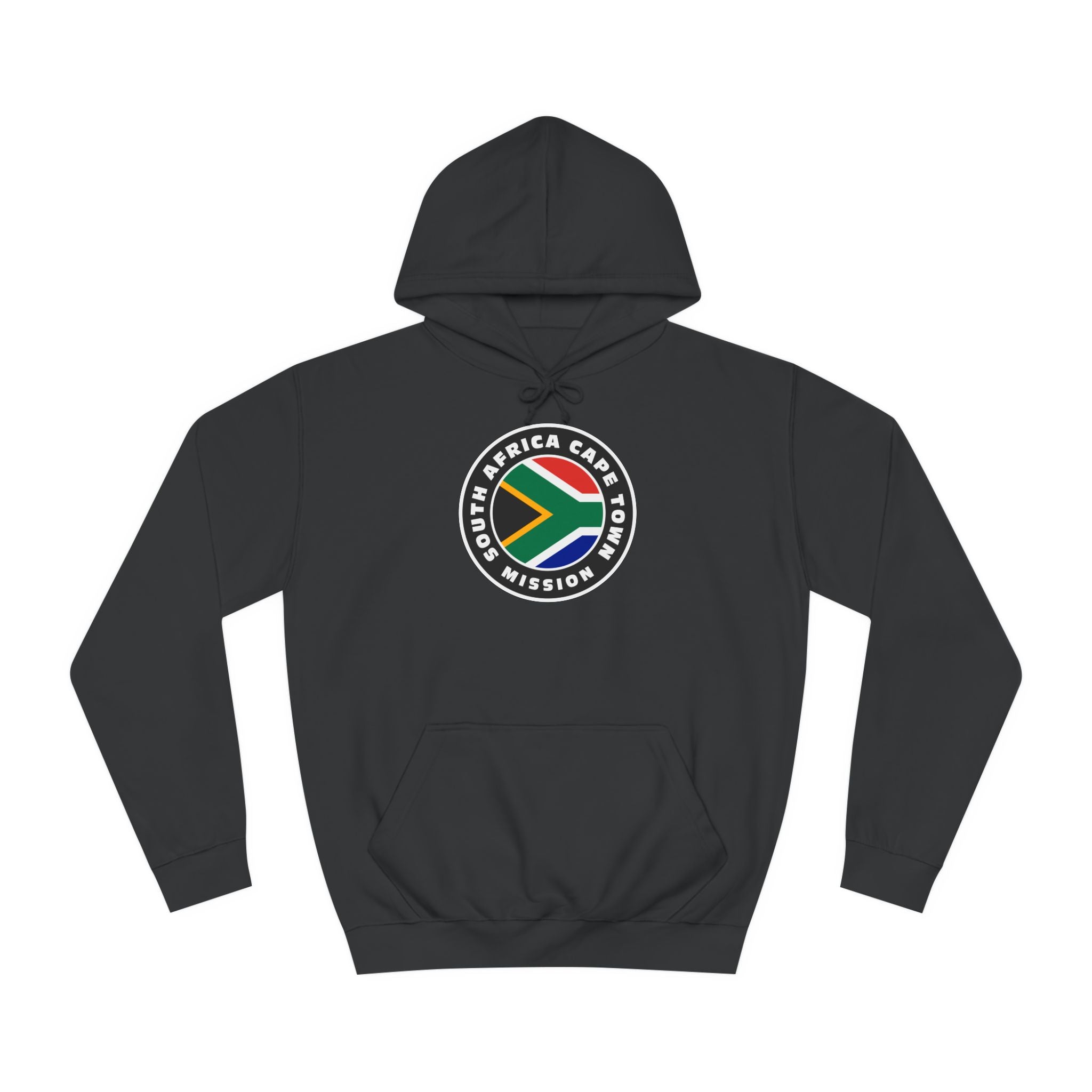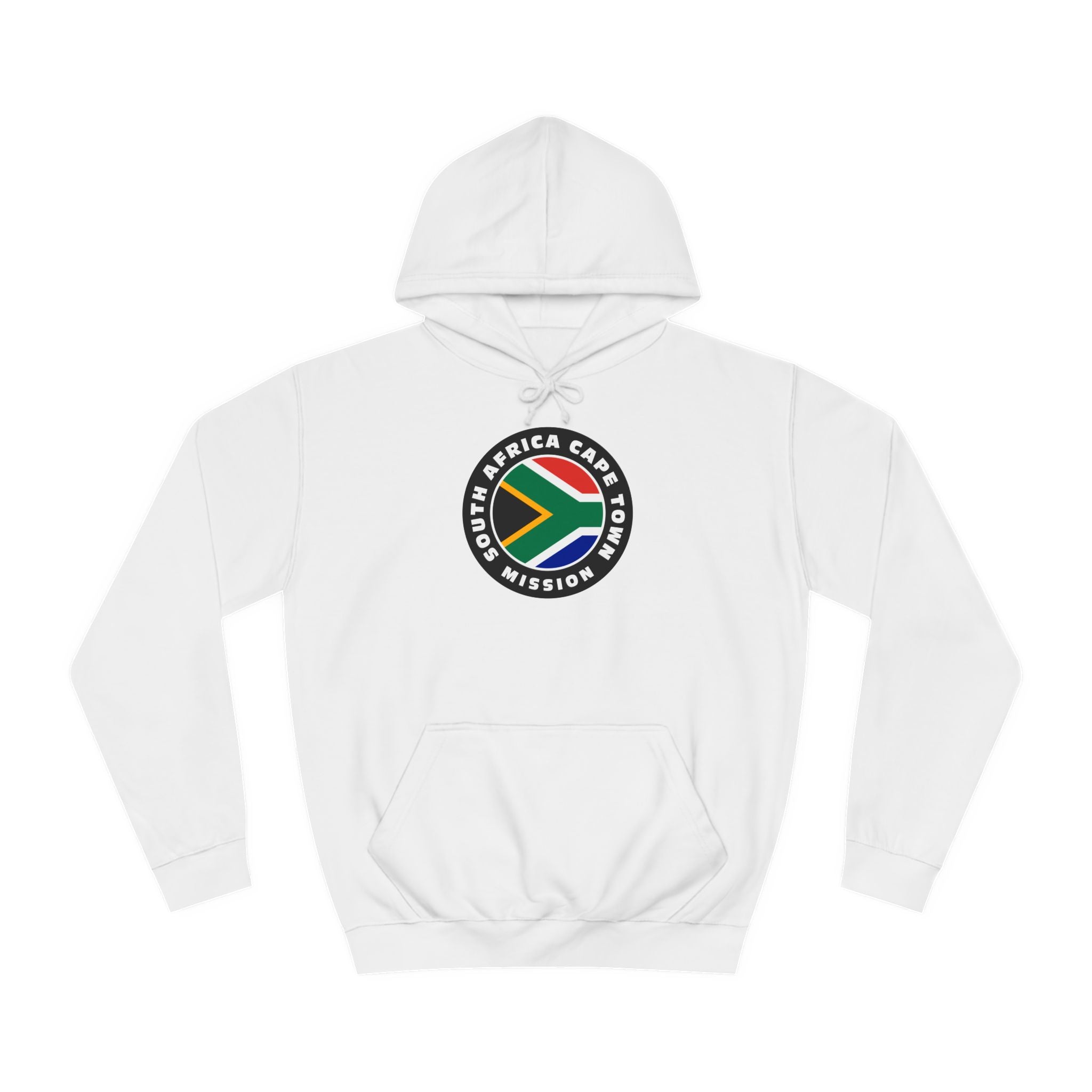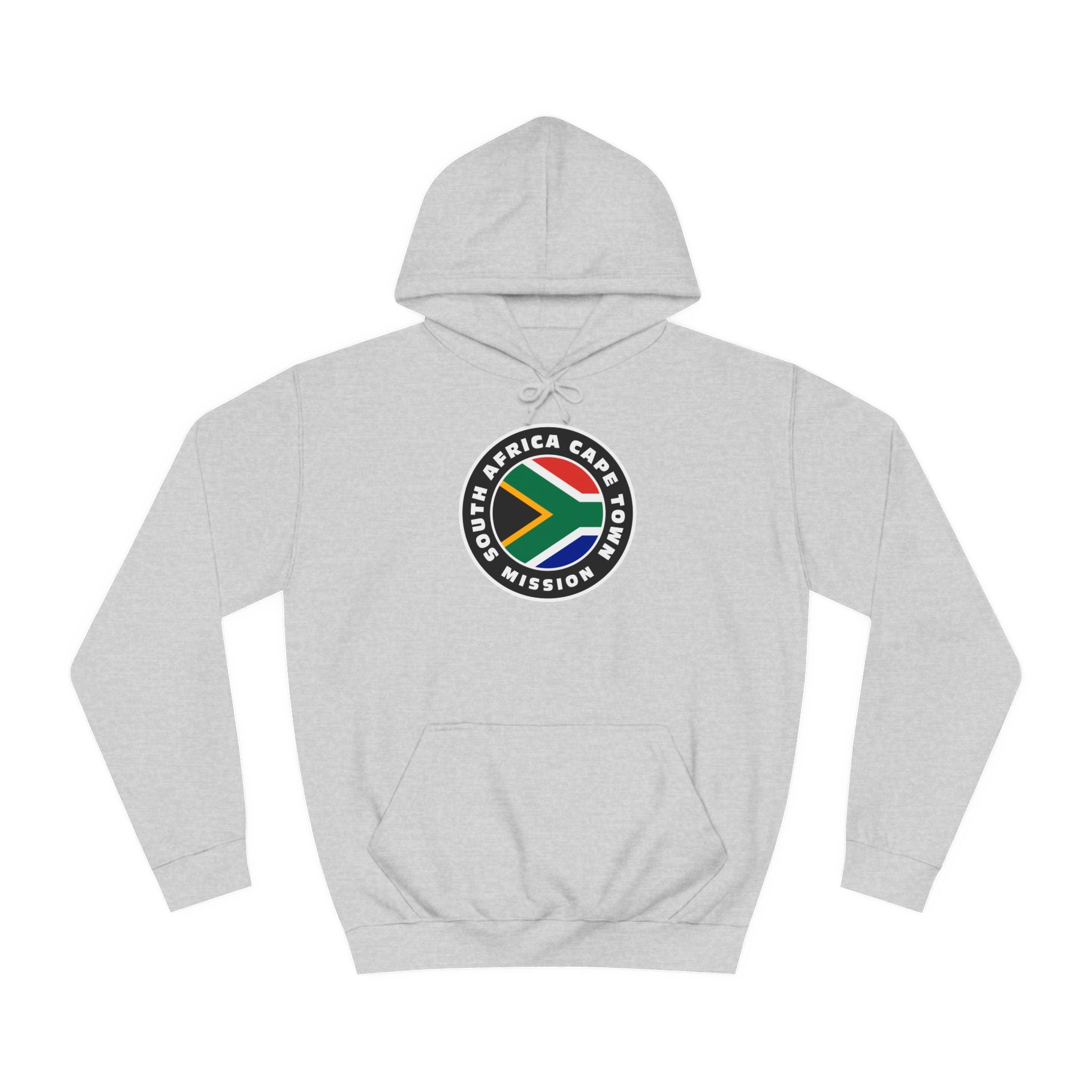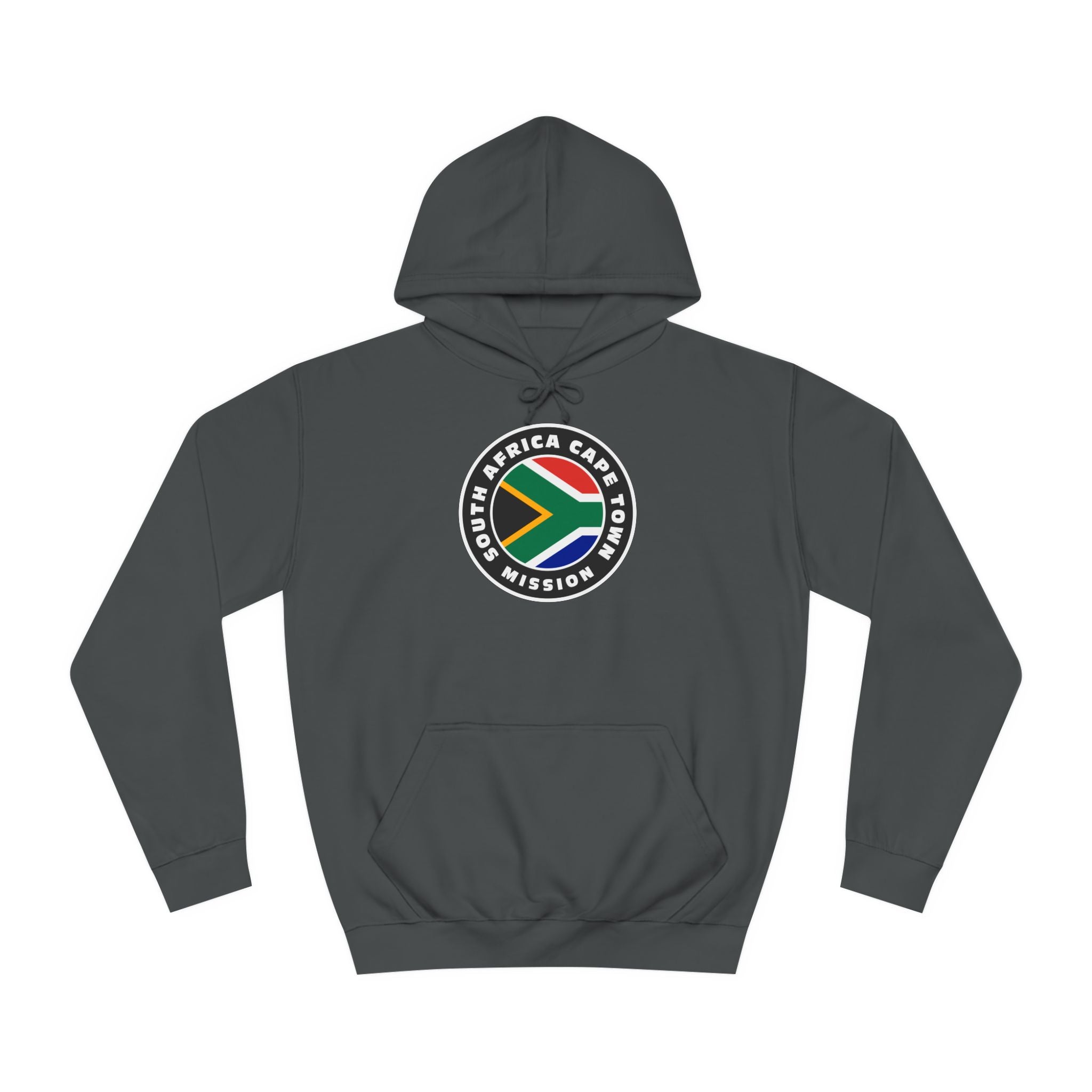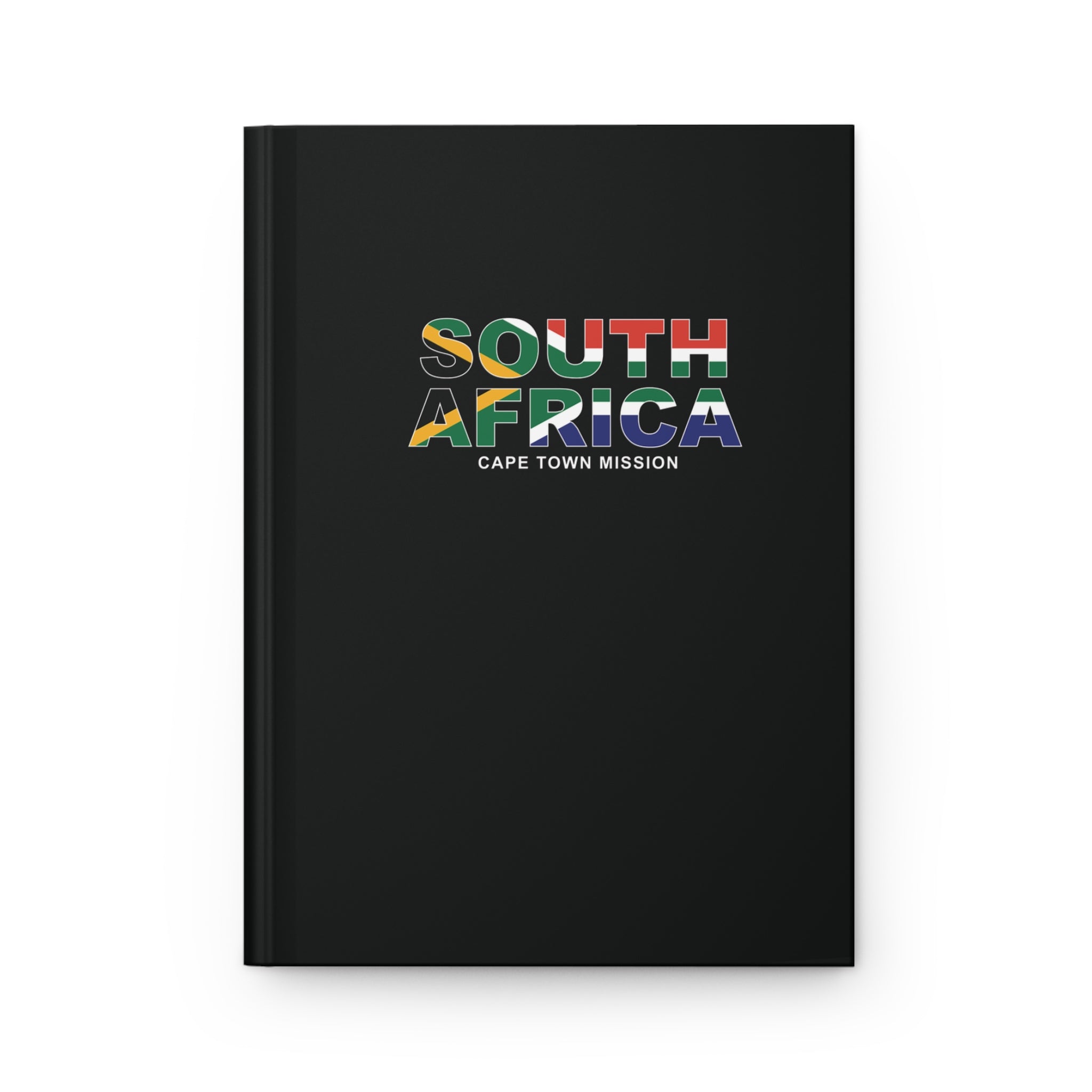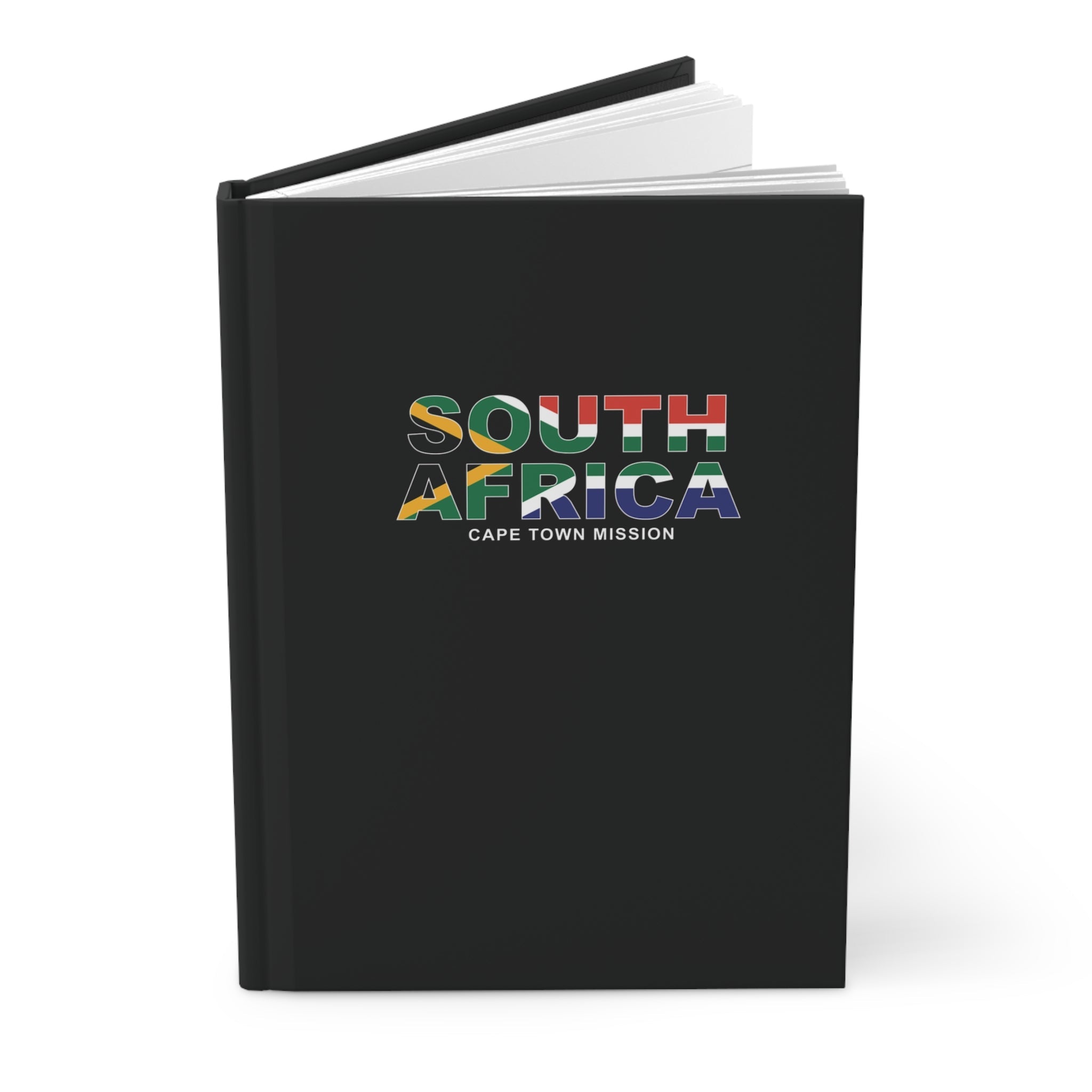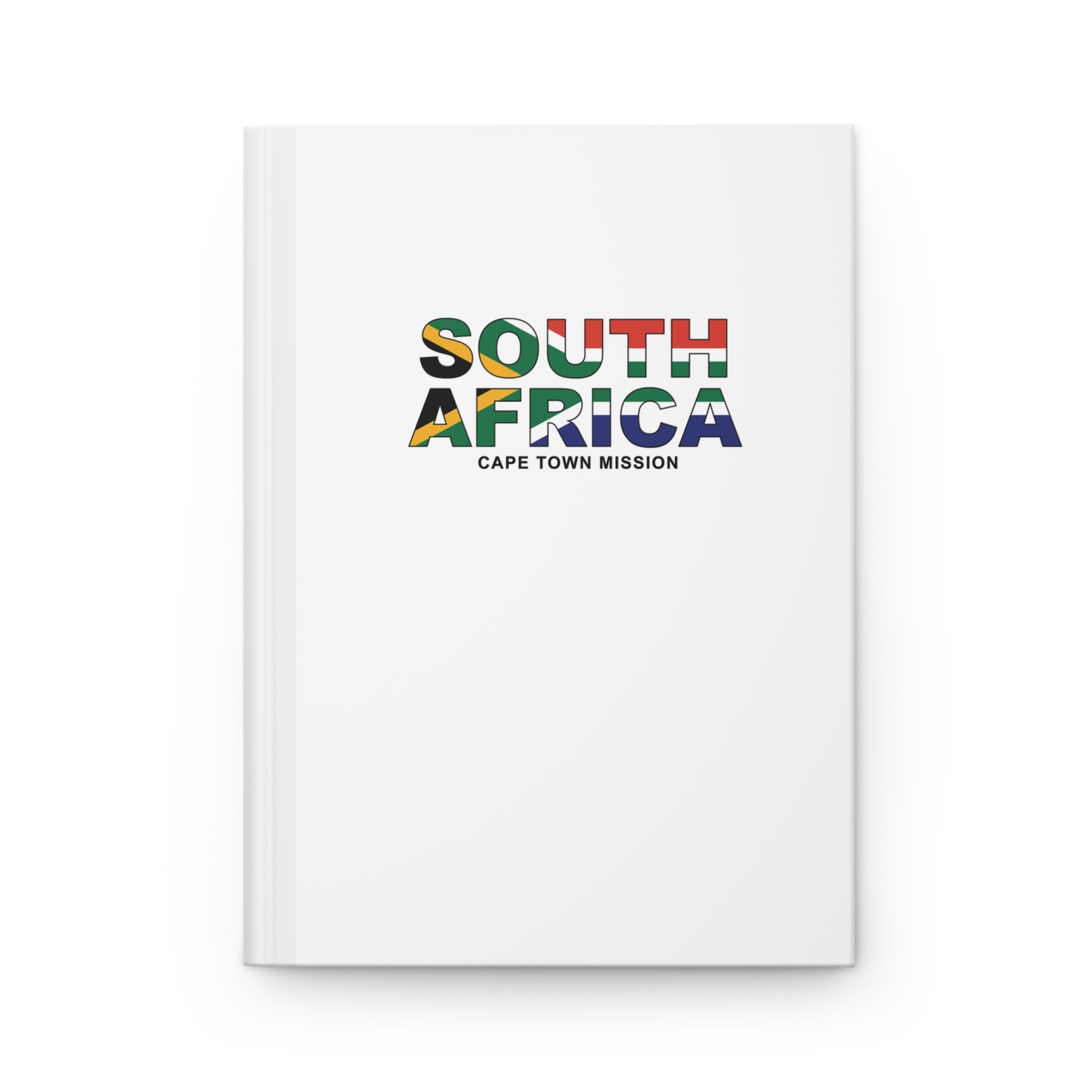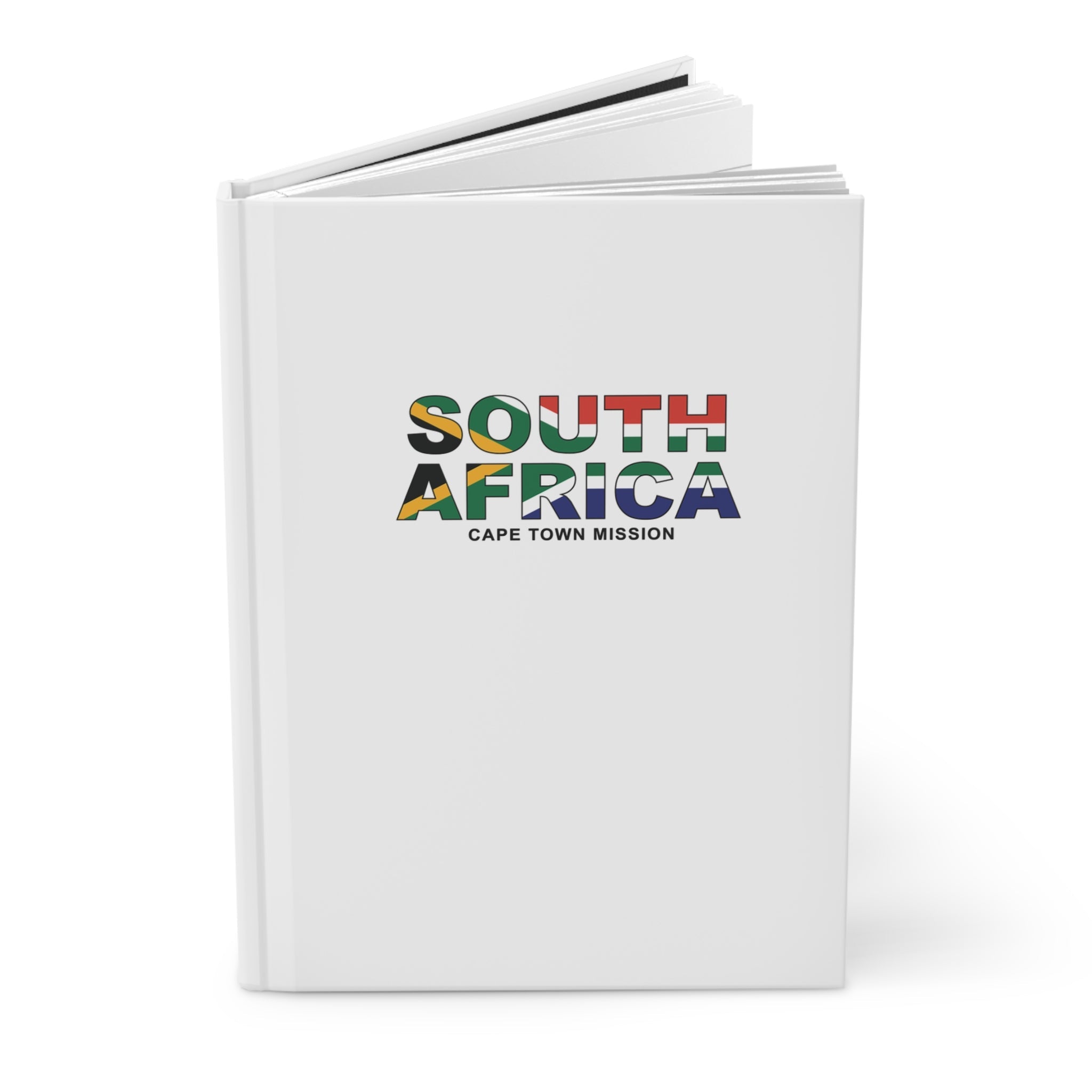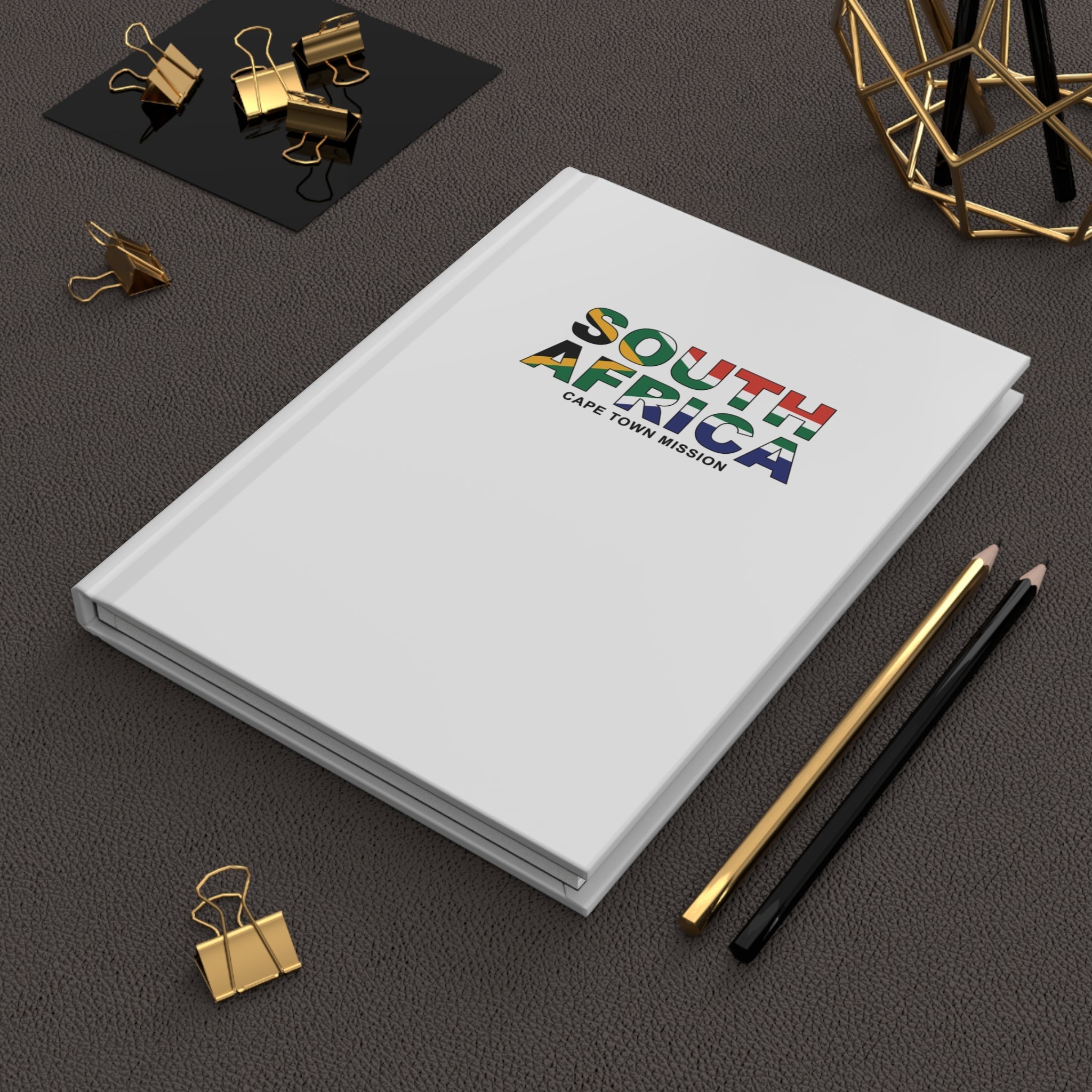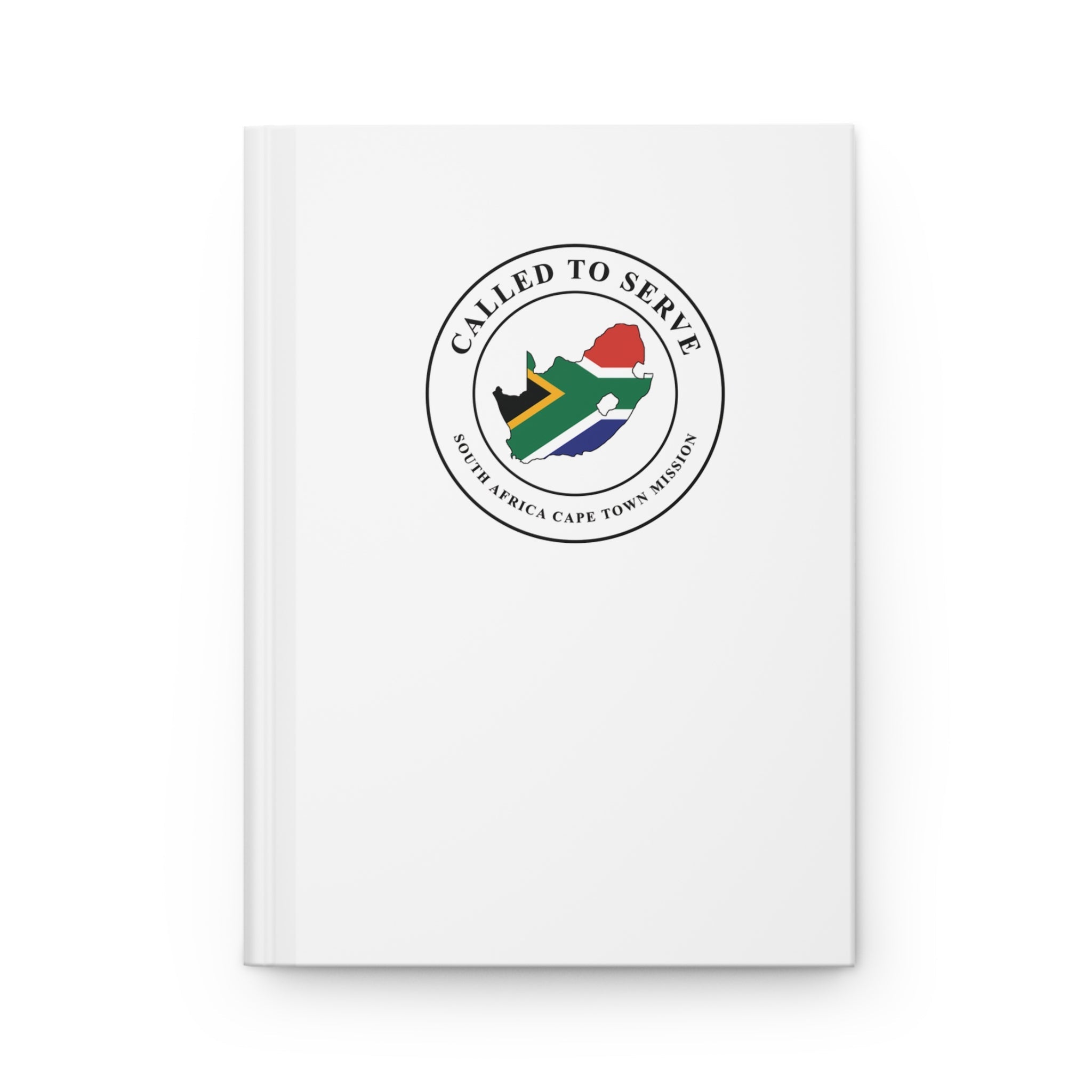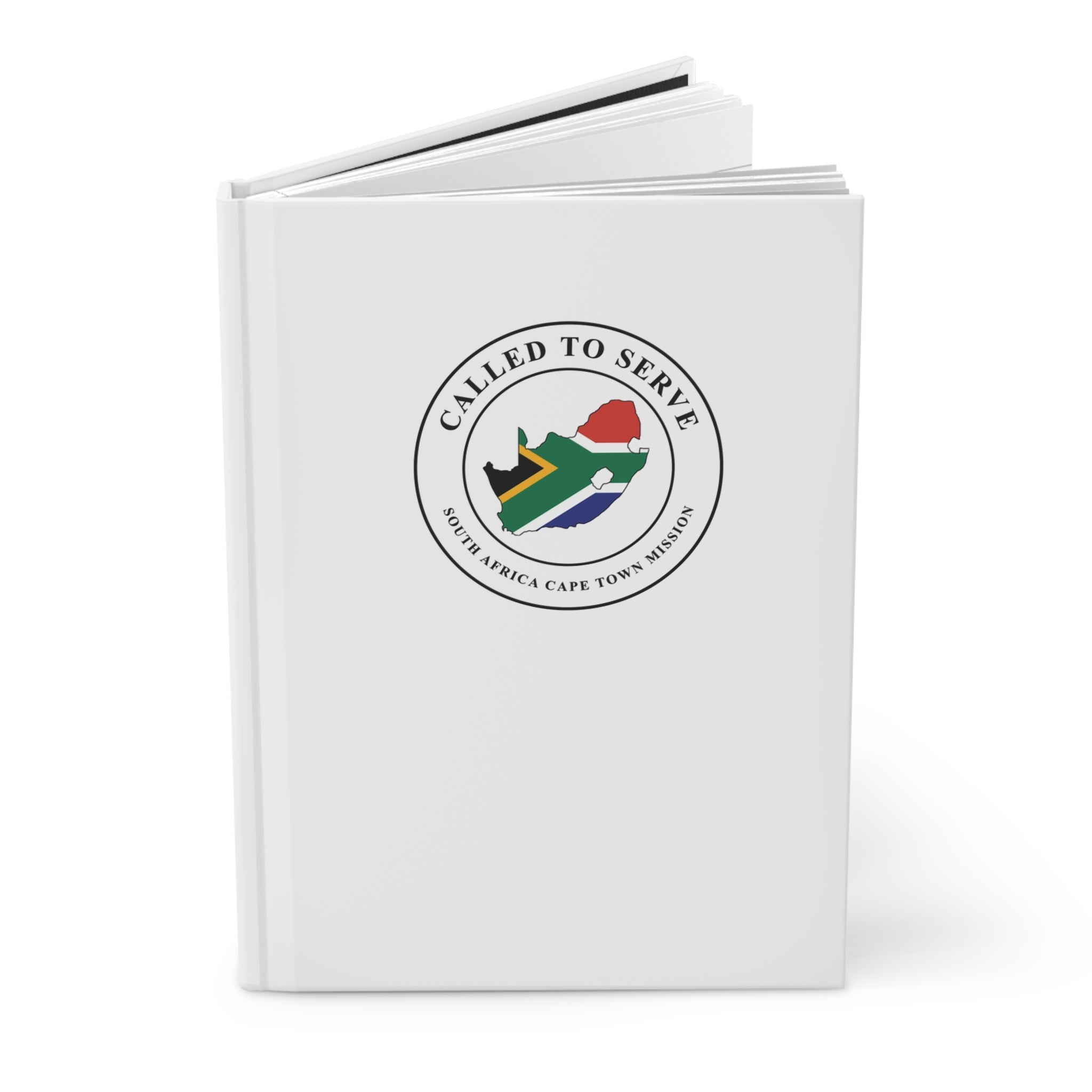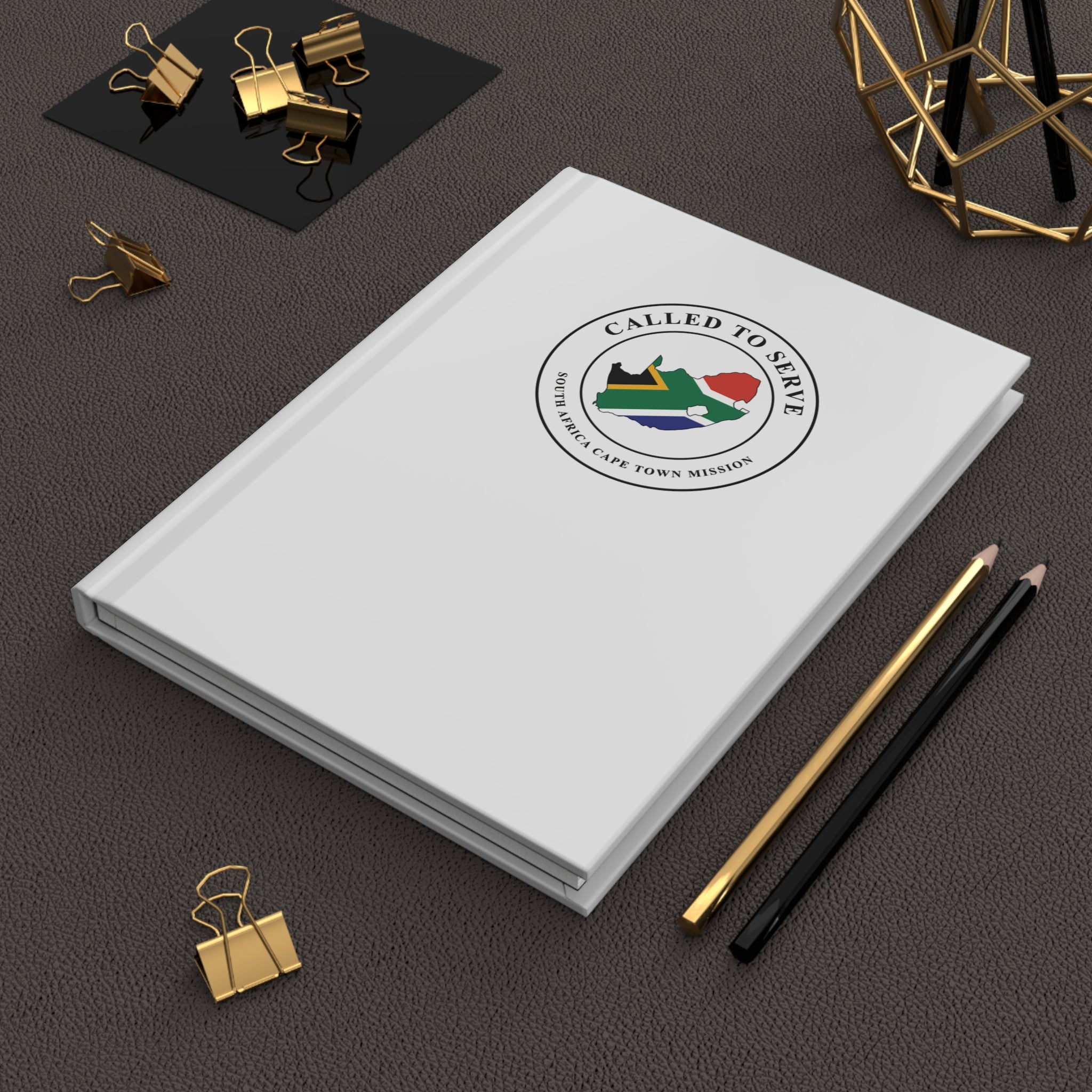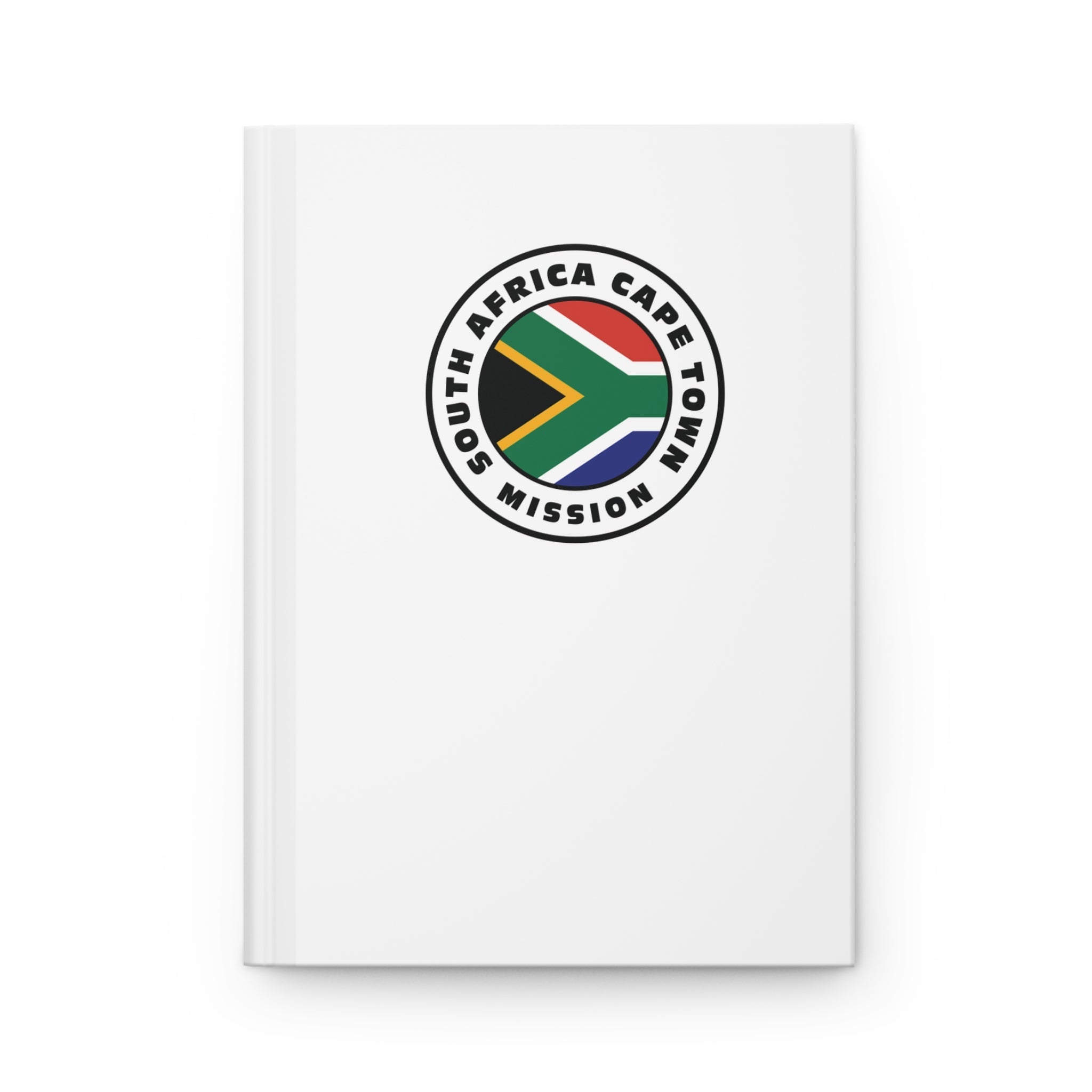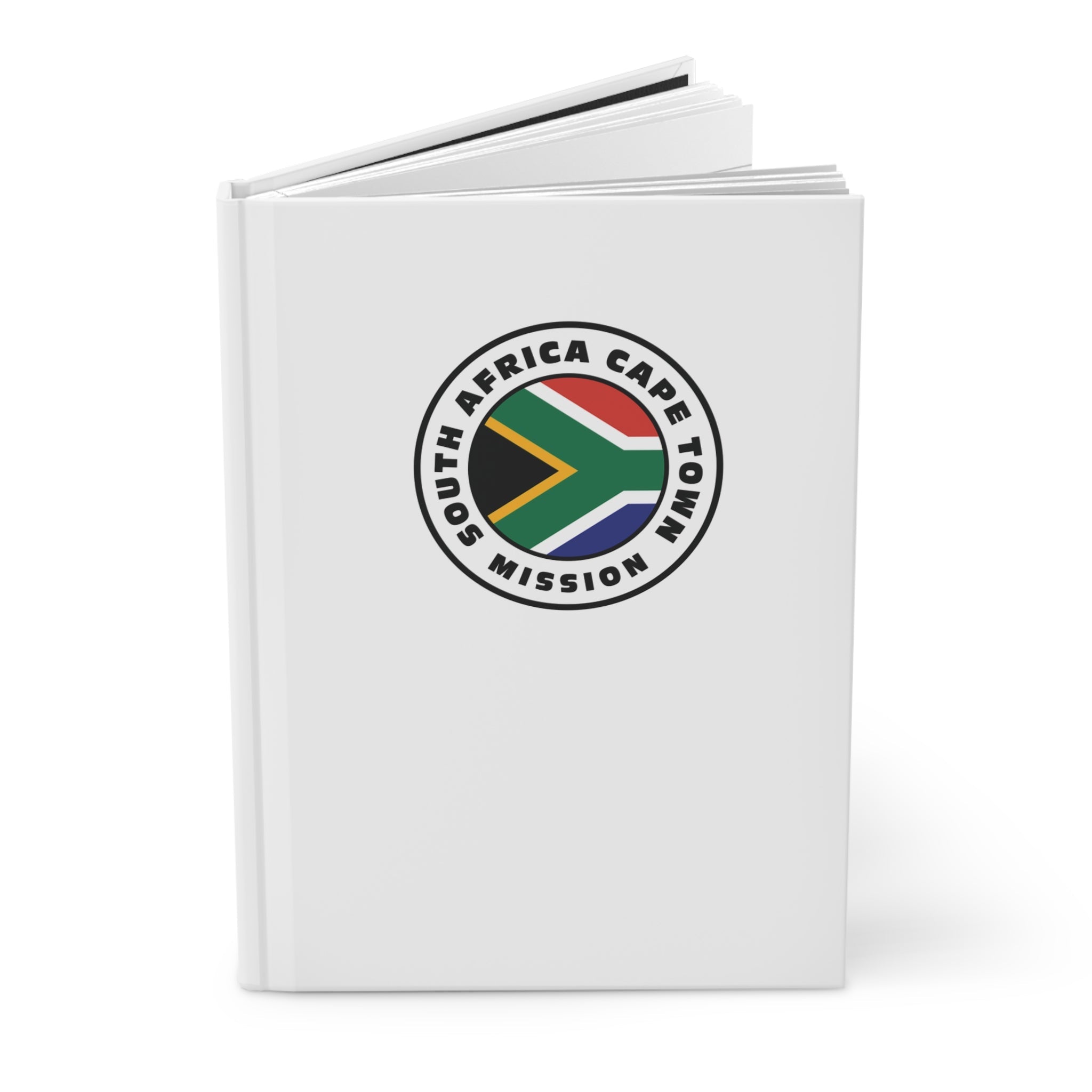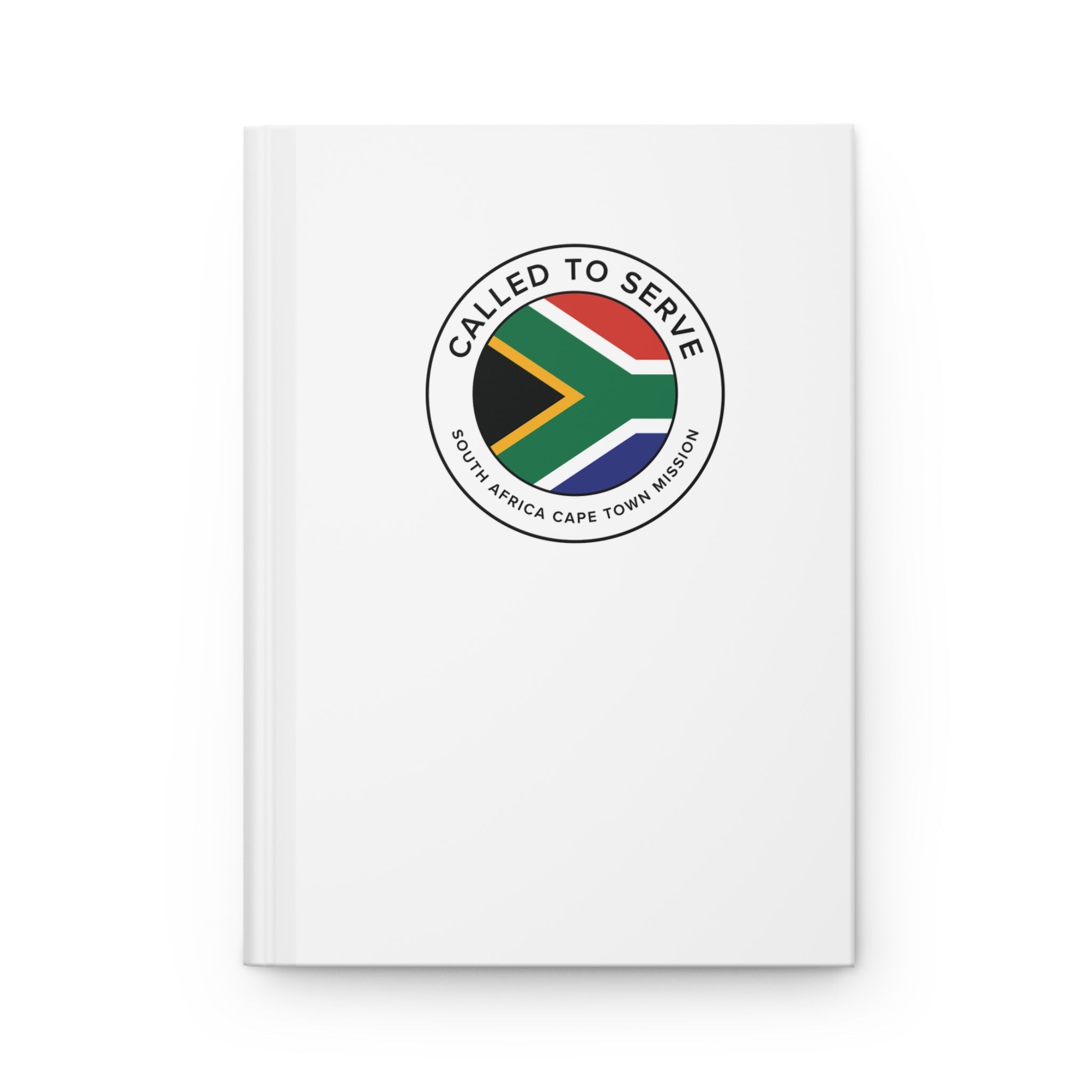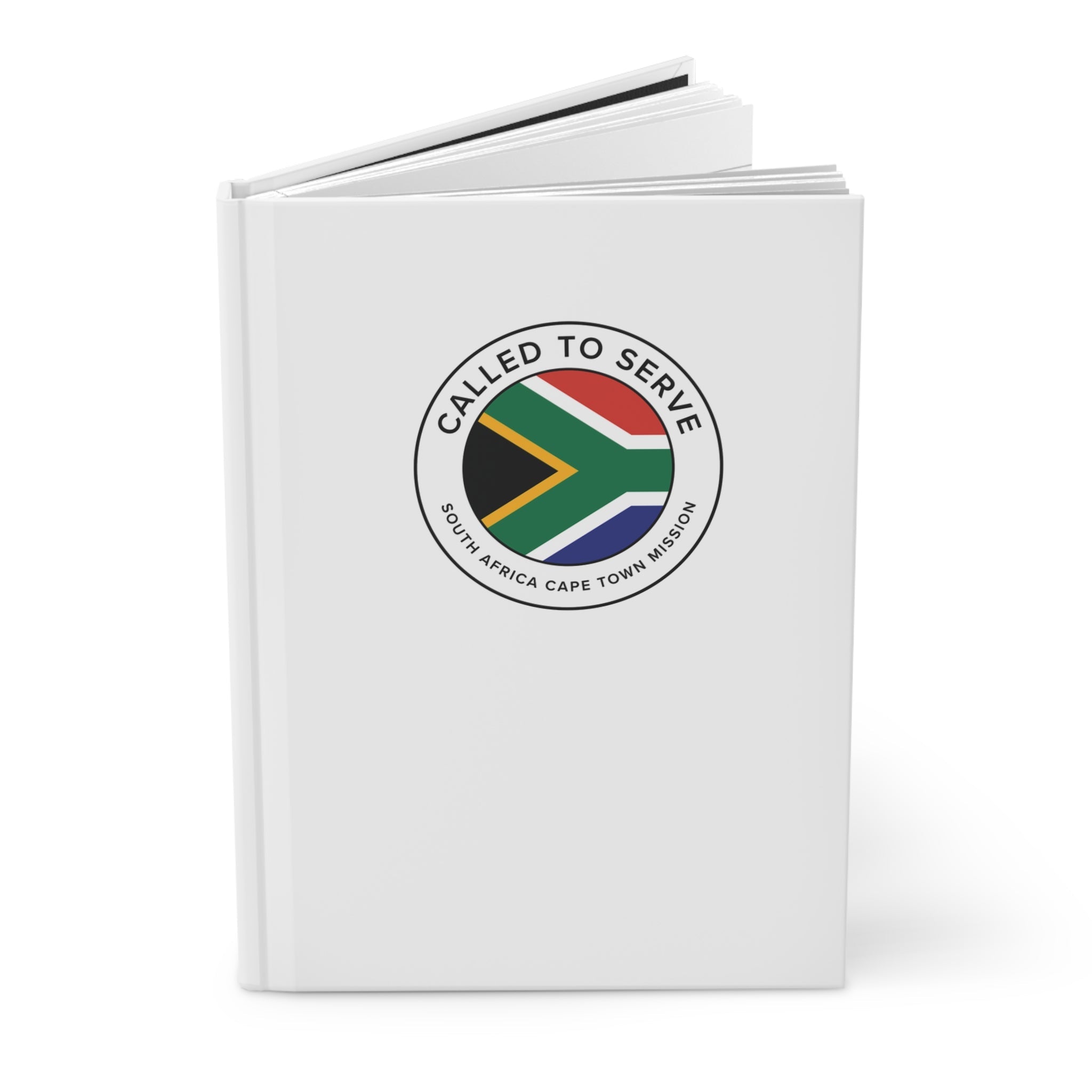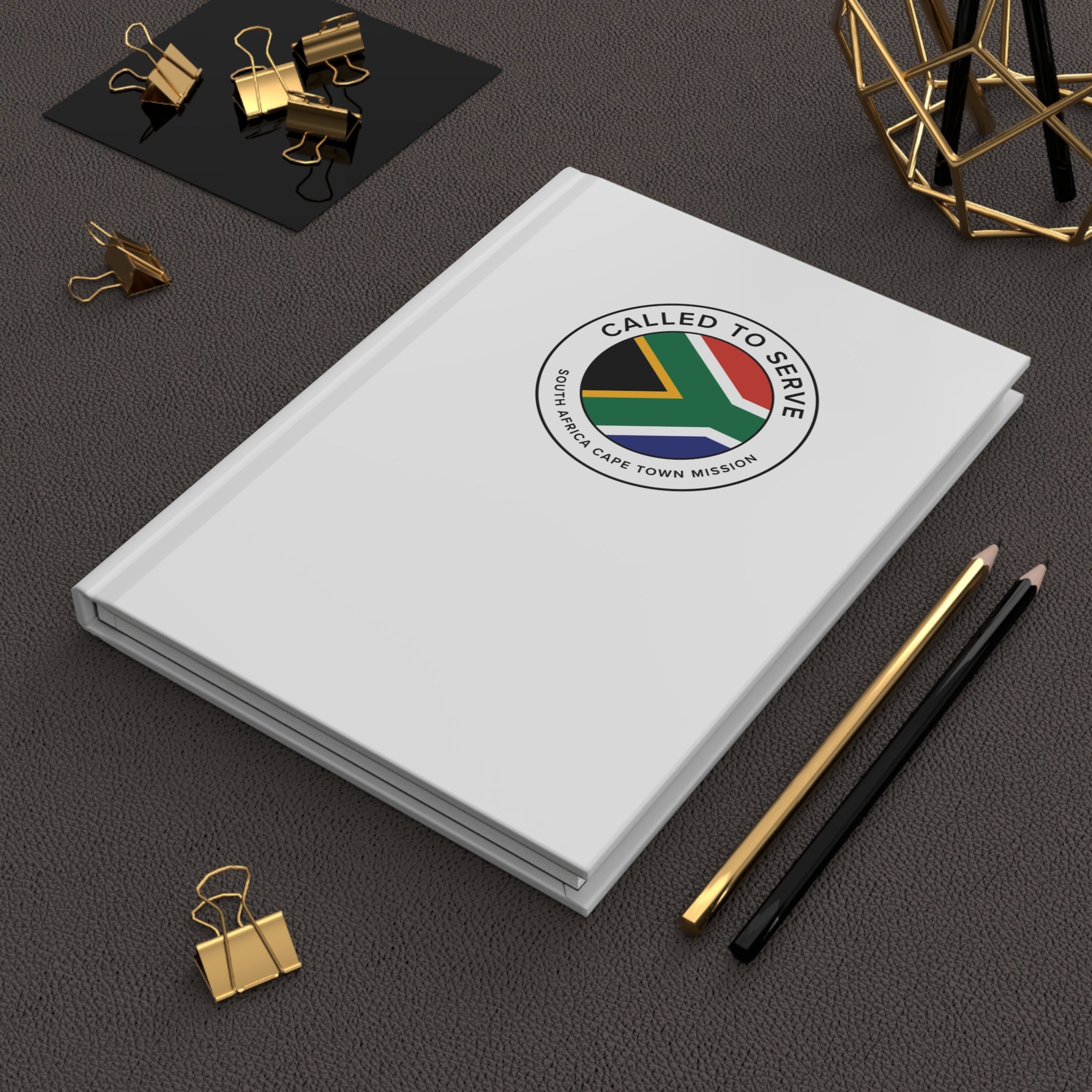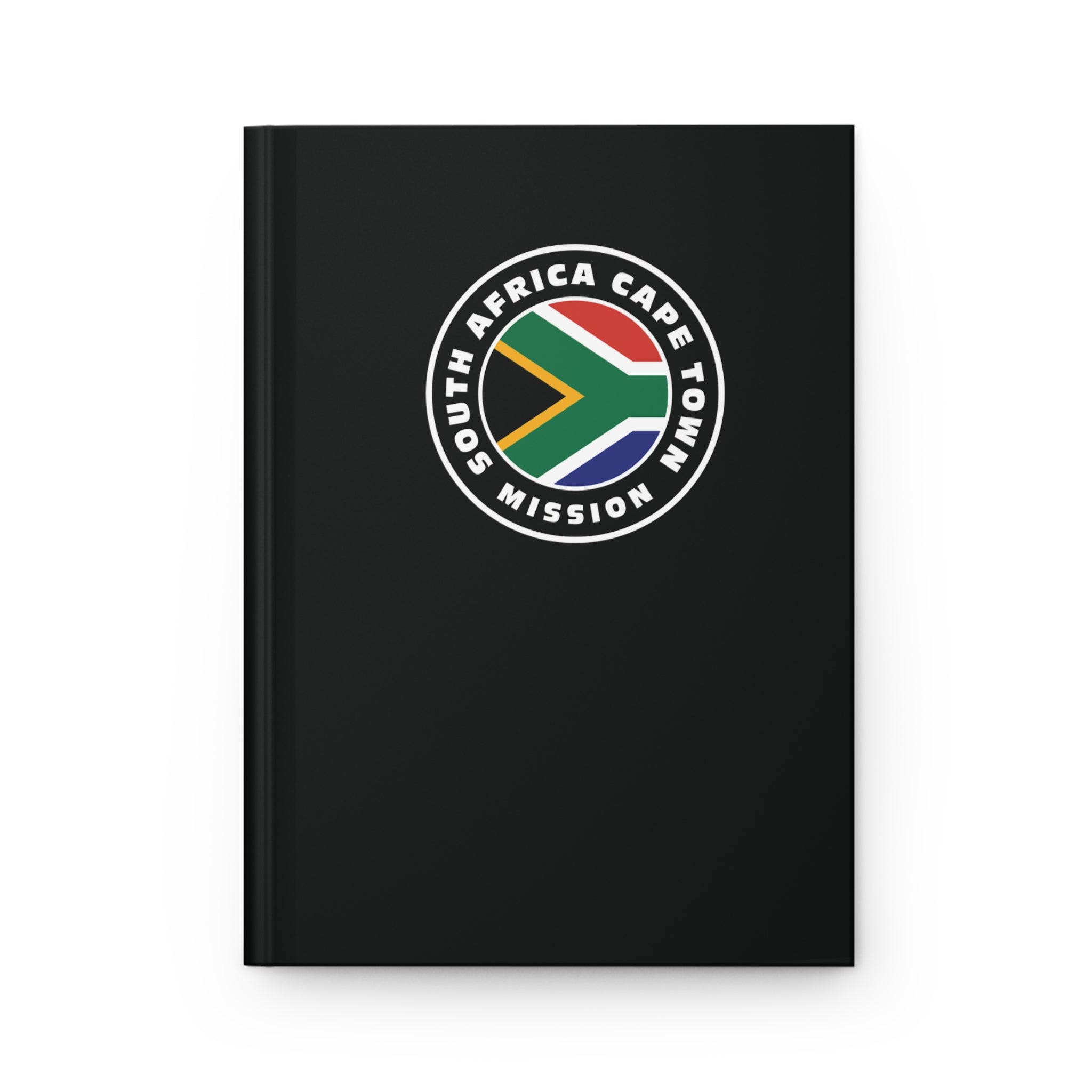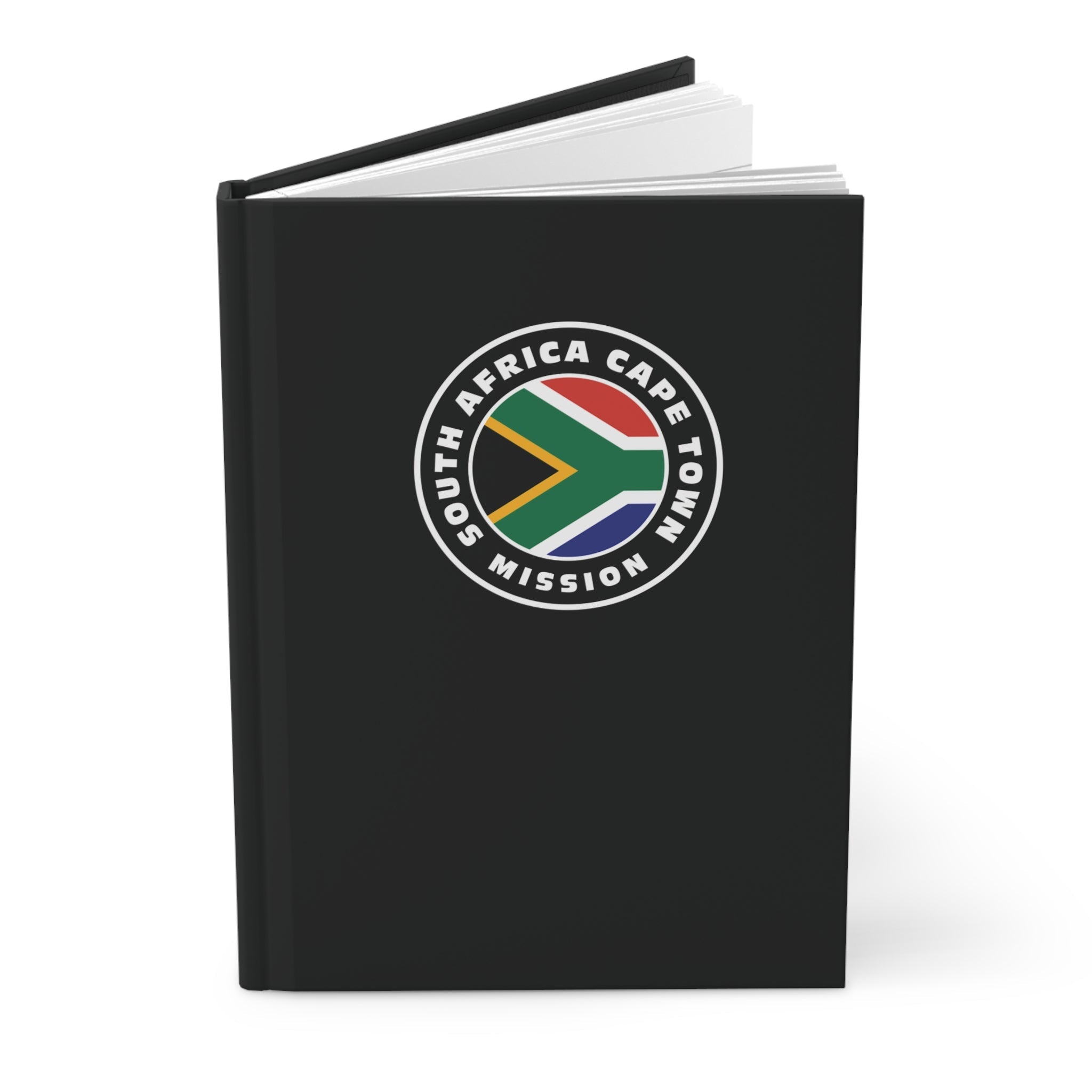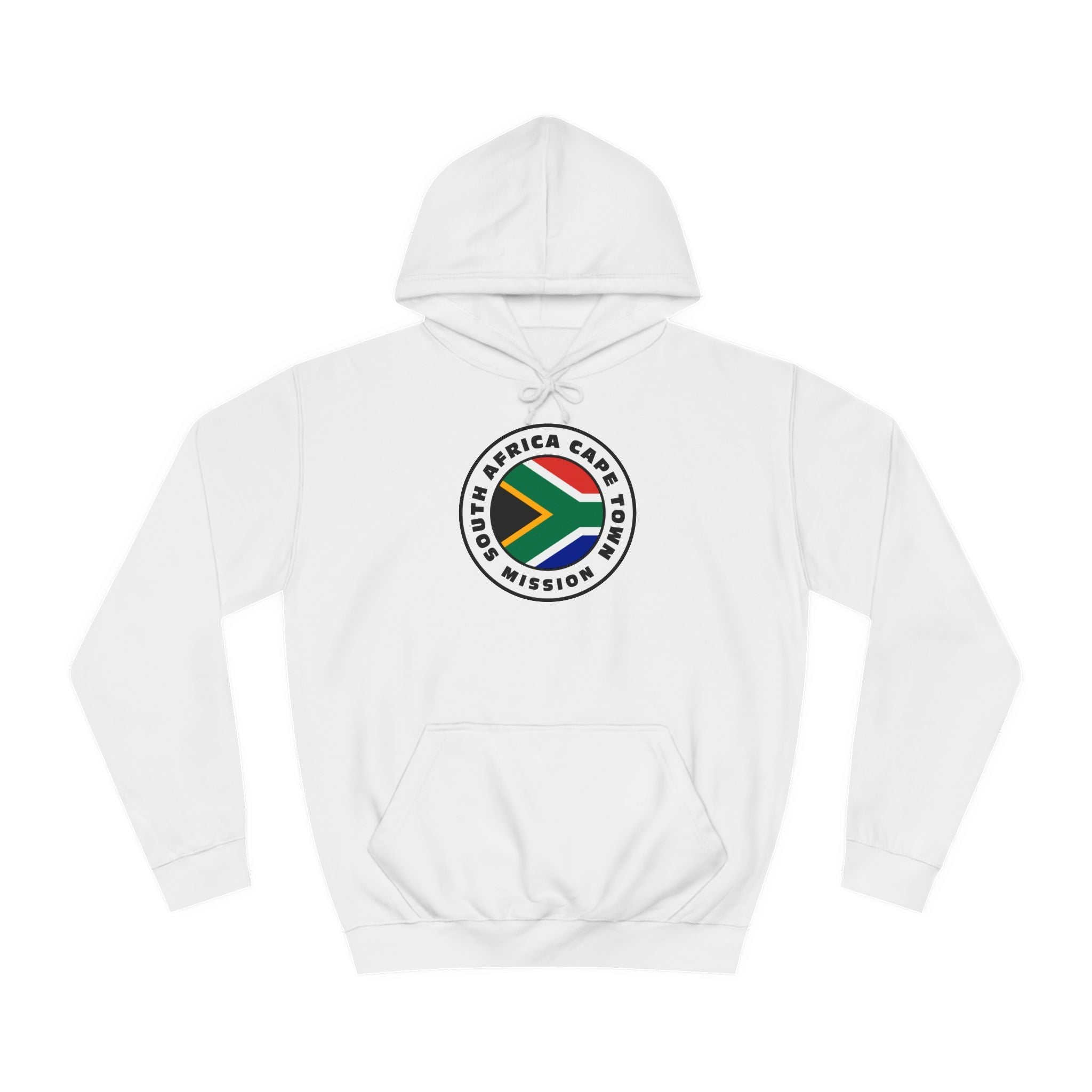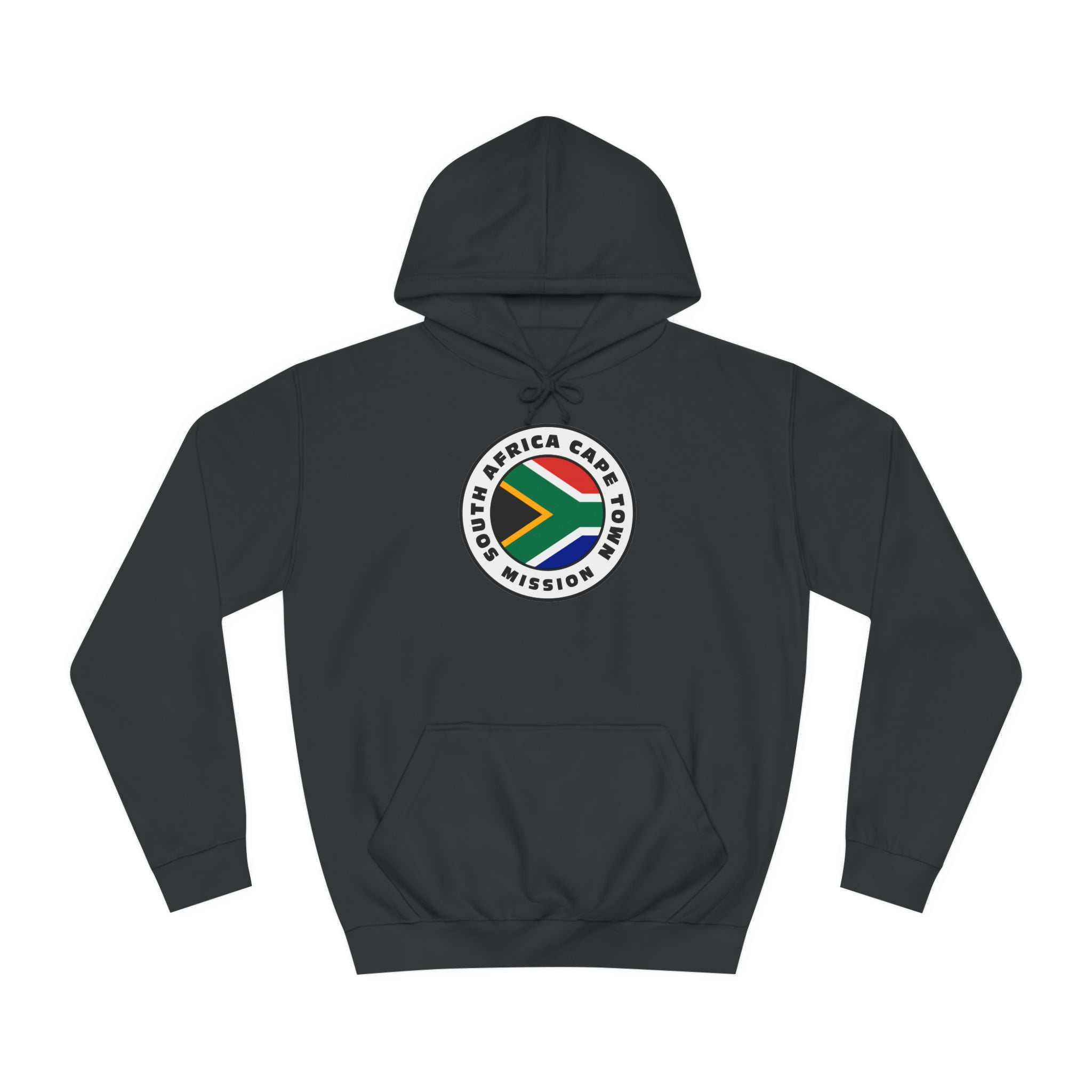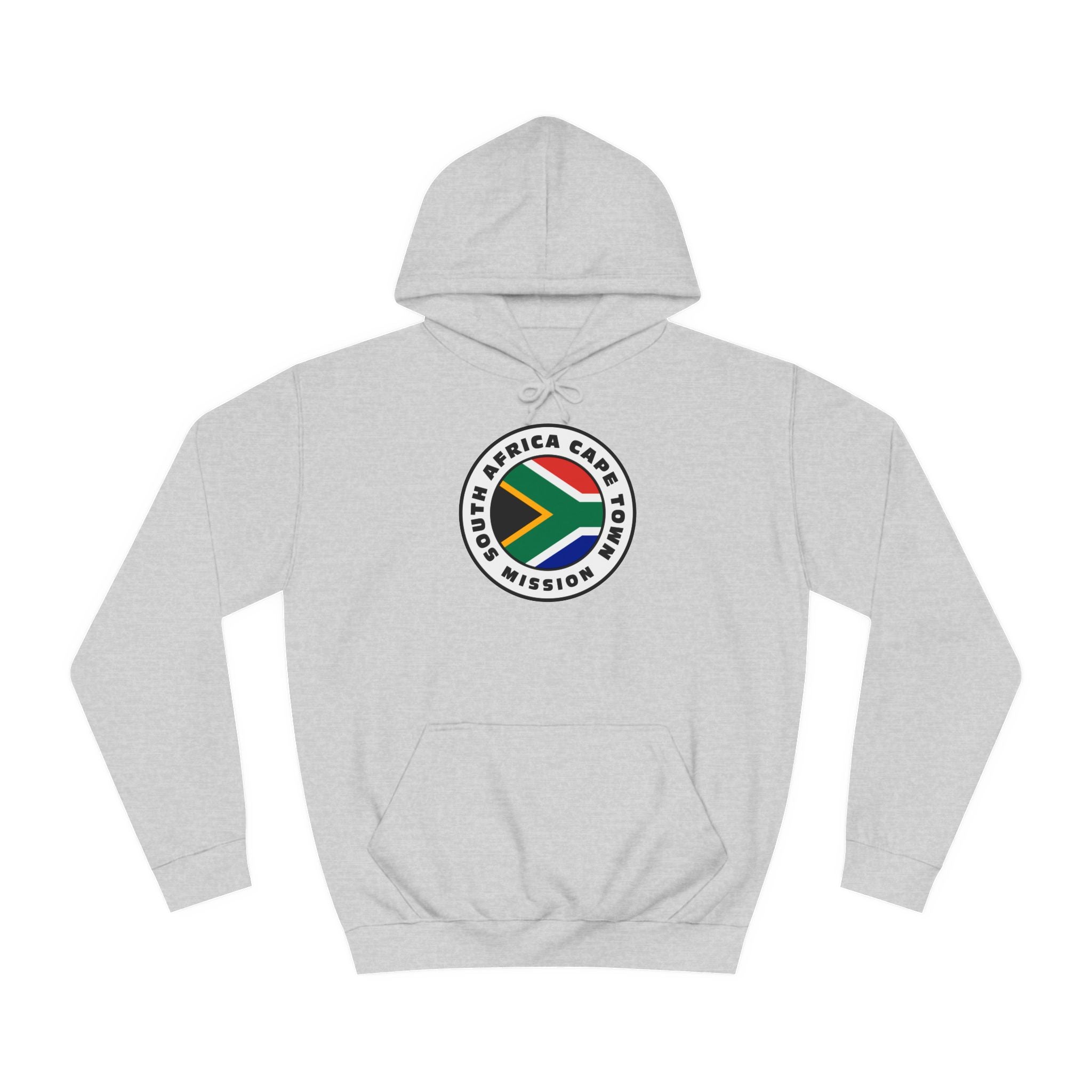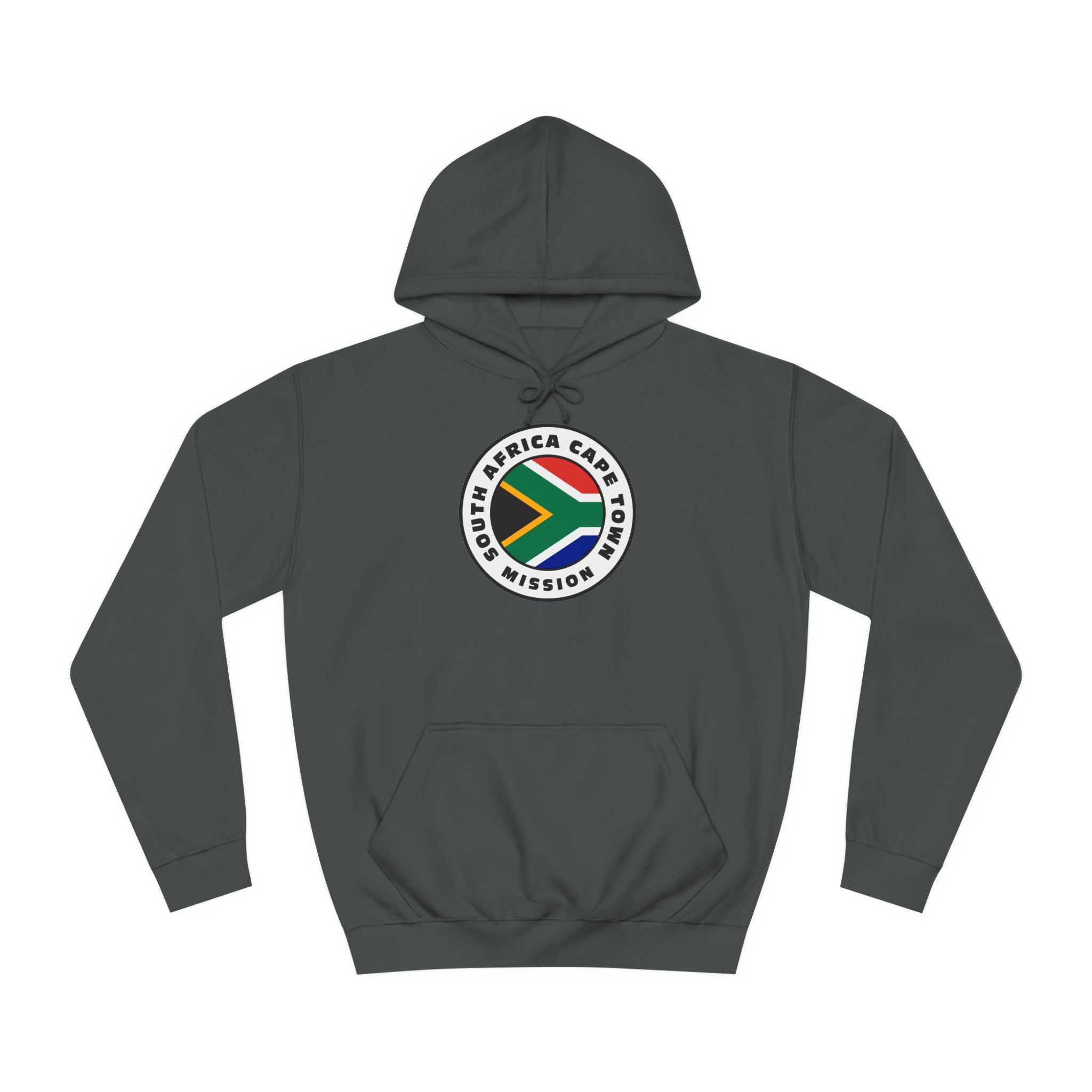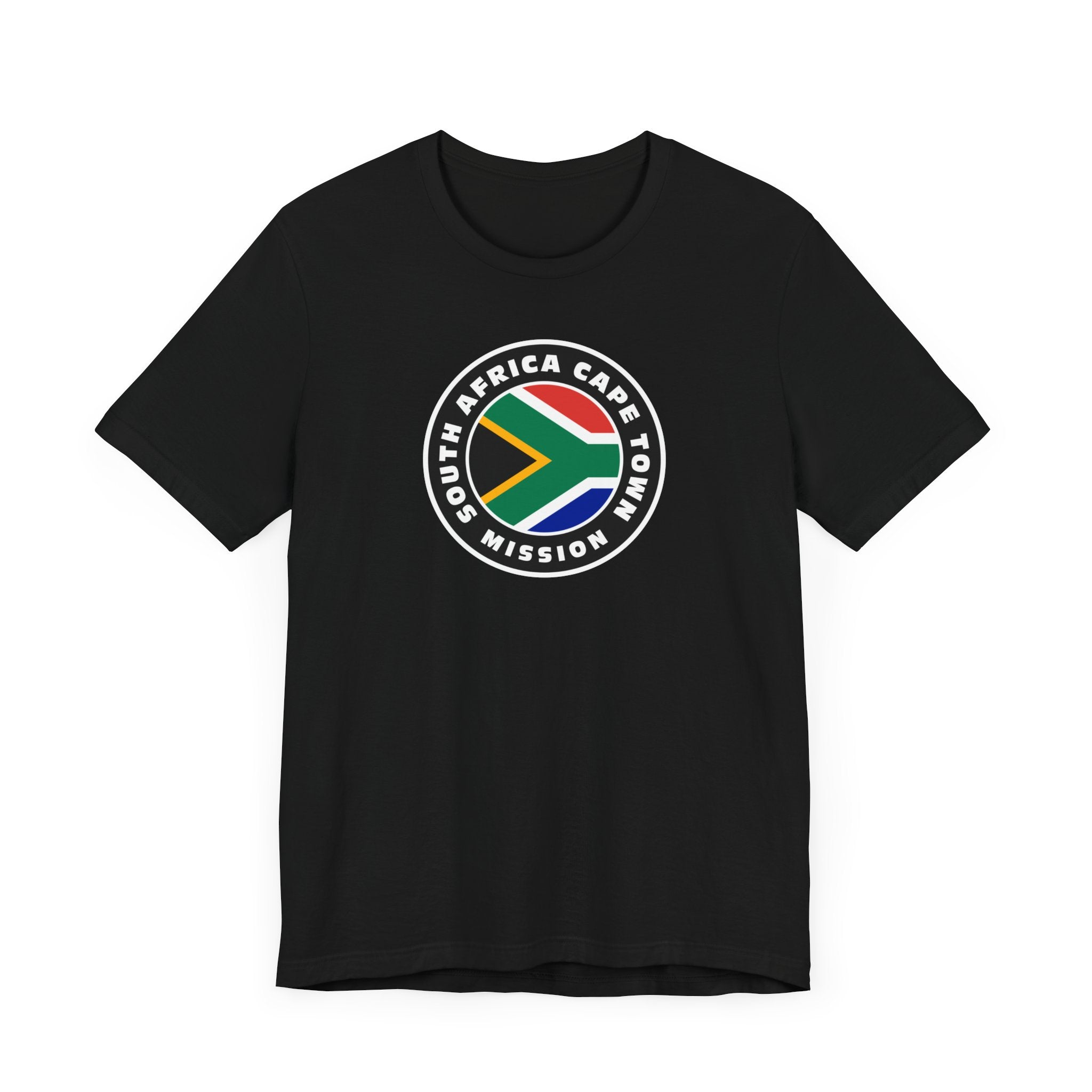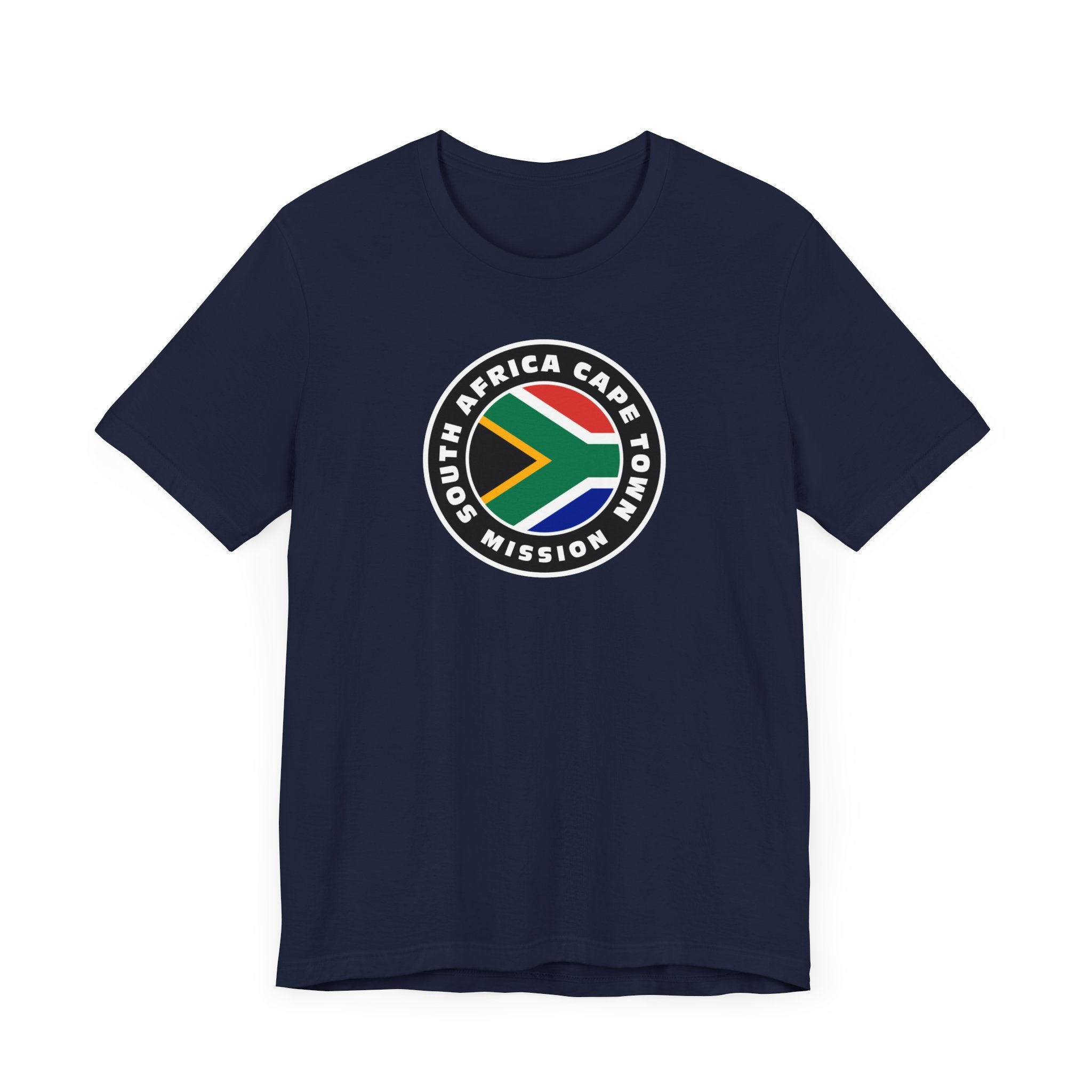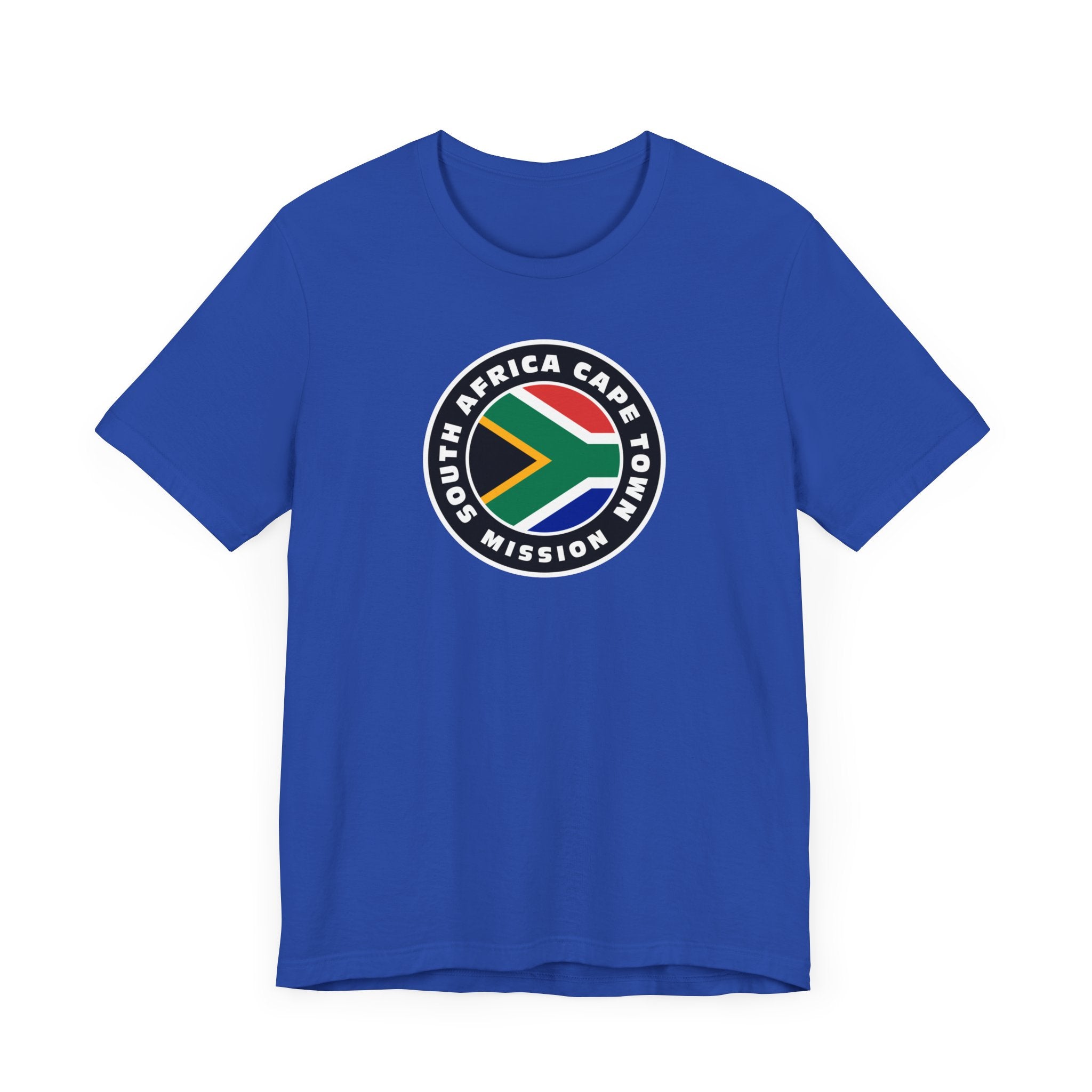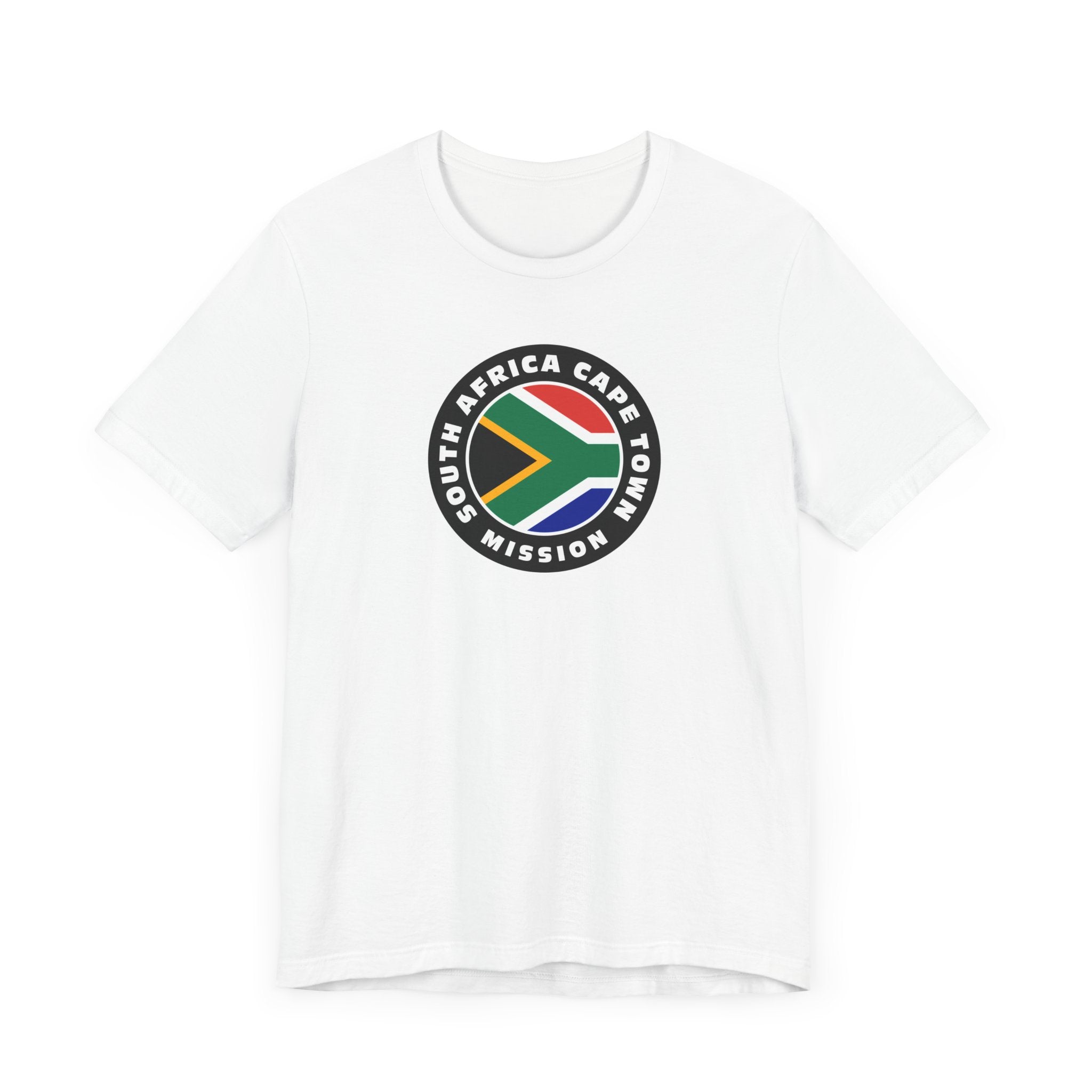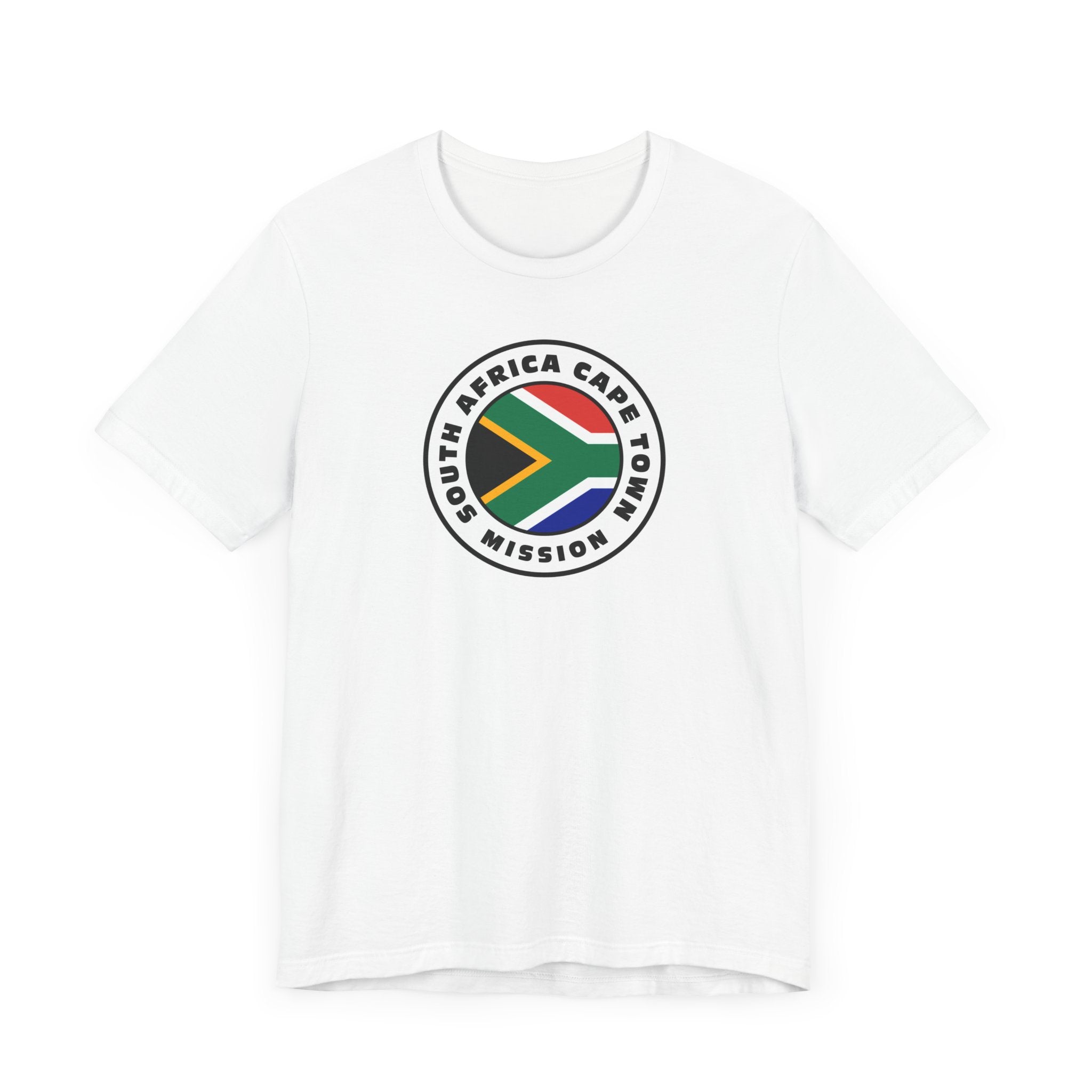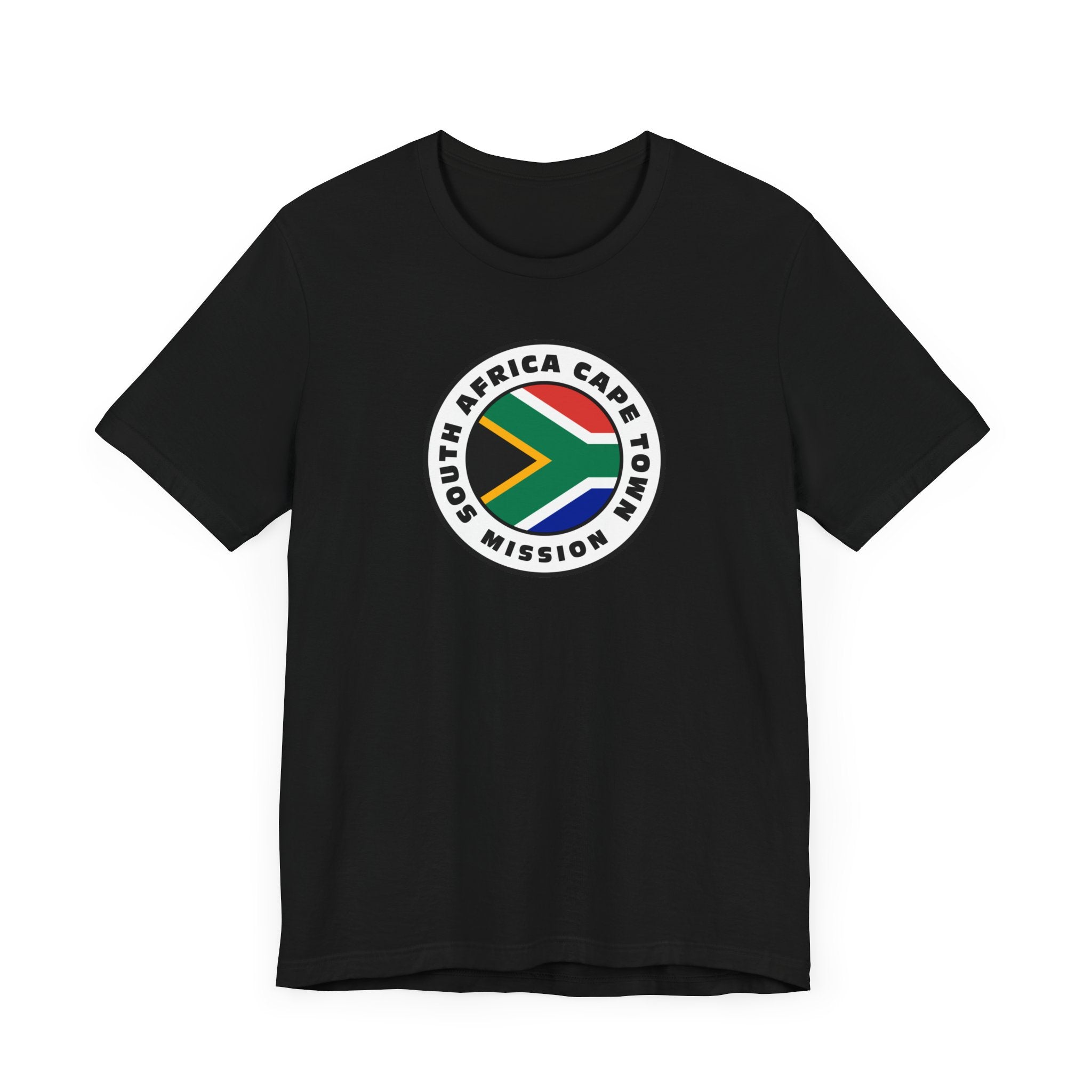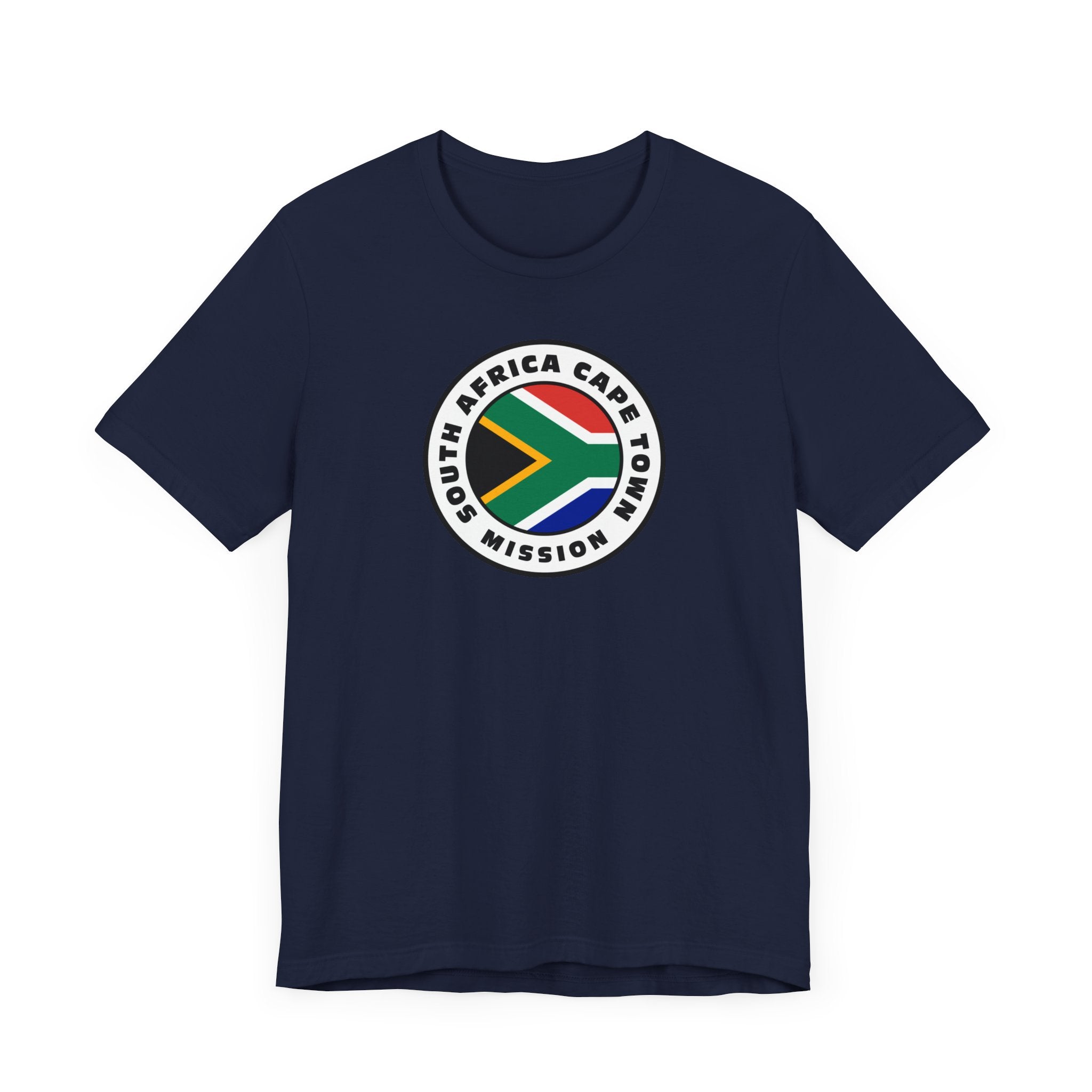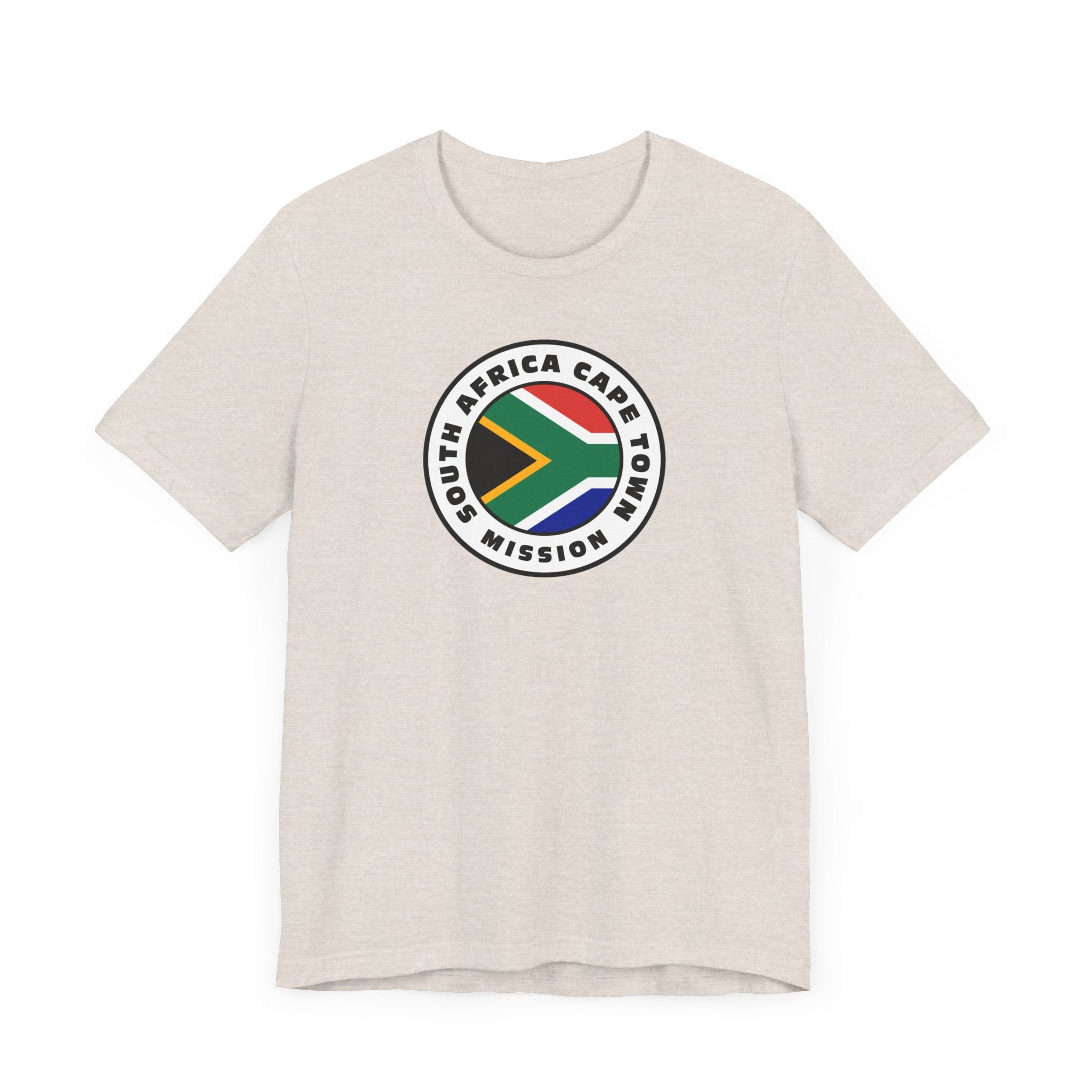In 1852 Brigham Young called three missionaries to preach in the Cape of Good Hope. Over the next three years, they established six branches in and around Cape Town, where members kept the faith in the face of intense local opposition. Most early members ultimately emigrated, but a few were still in South Africa when missionaries returned in 1903 after a long absence. Over the next three decades, members established Church programs in their branches and shared the gospel in their communities and in other parts of southern Africa.
In the 1850s and the early 1900s, there were a handful of members of the Church in South Africa who were of mixed race despite the Church’s restriction on priesthood ordination for black men, but after apartheid began in 1948, Church contact with nonwhite South Africans became increasingly rare. In the 1960s, as members in Johannesburg laid the foundation for the country’s first stake, a group of black believers in the Book of Mormon who had not yet been baptized met on their own in Soweto. Racial integration of congregations and official Church activity in townships only began after the 1978 revelation extending priesthood and temple blessings without regard to race.
Black, white, mixed-race, and Asian members celebrated the dedication of the Johannesburg South Africa Temple together in 1985. Members have brought the unique strengths of their diverse life experience to the Church, “endeavouring to keep the unity of the Spirit in the bond of peace” (Ephesians 4:3). In 2016, as the Church continued to grow, ground was broken in Durban for the country’s second temple.
